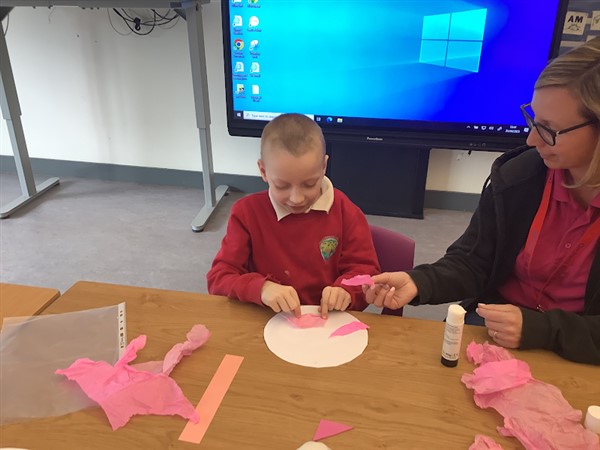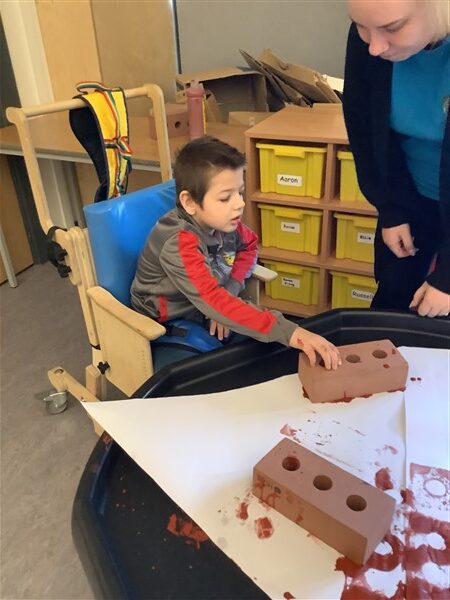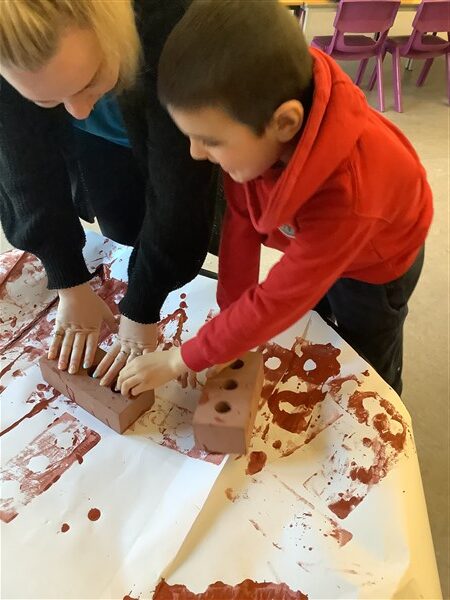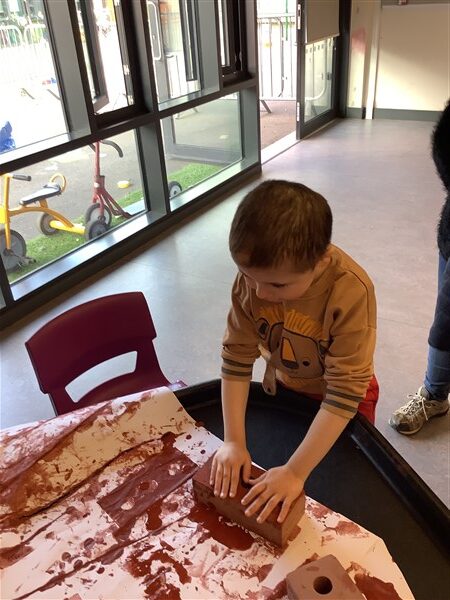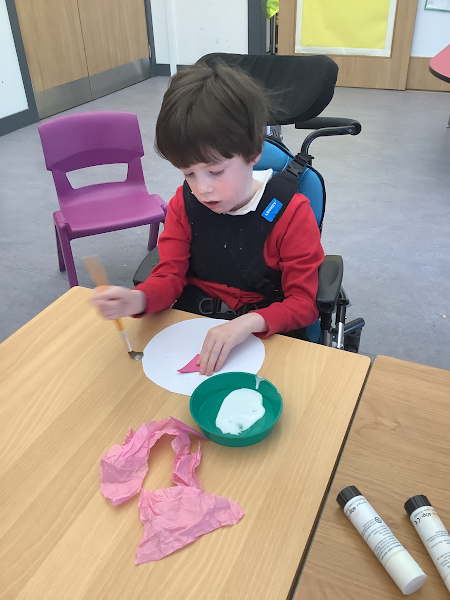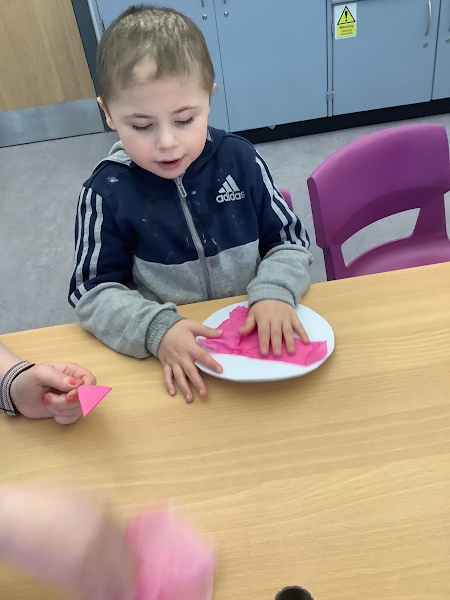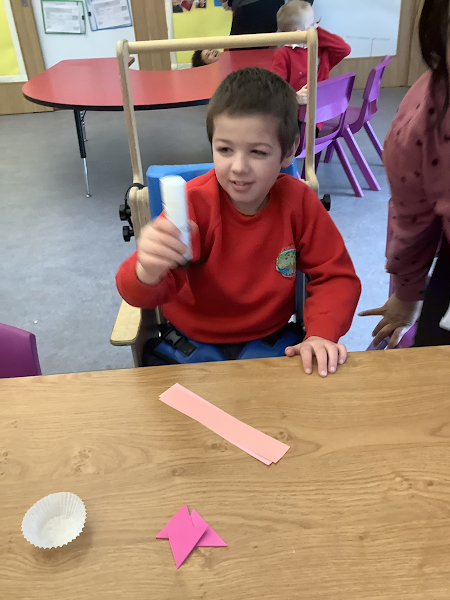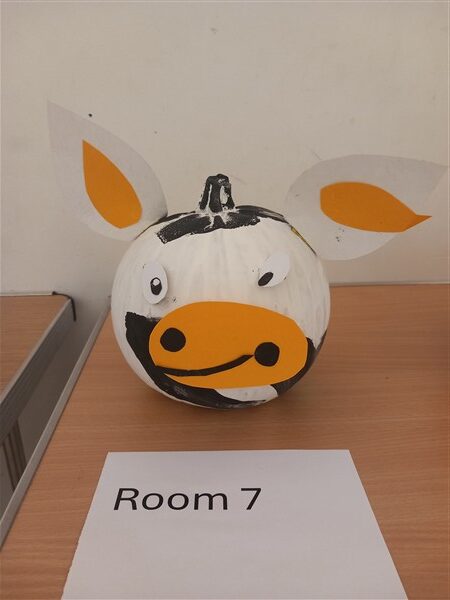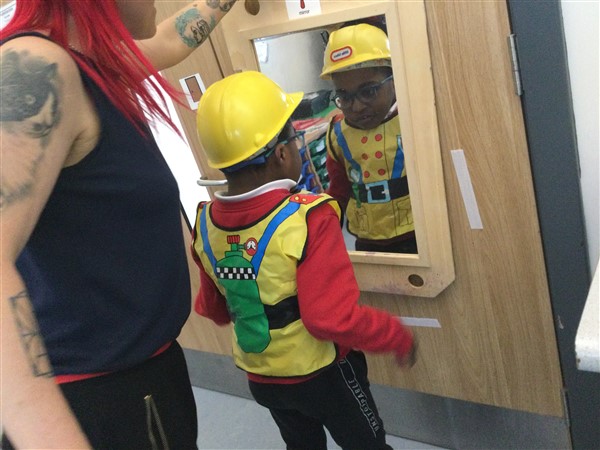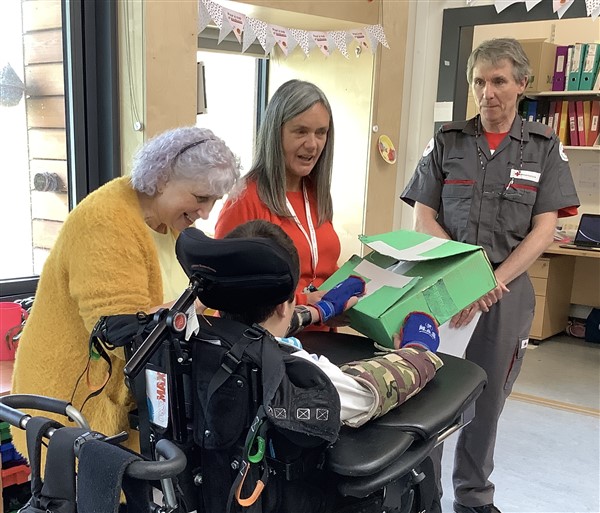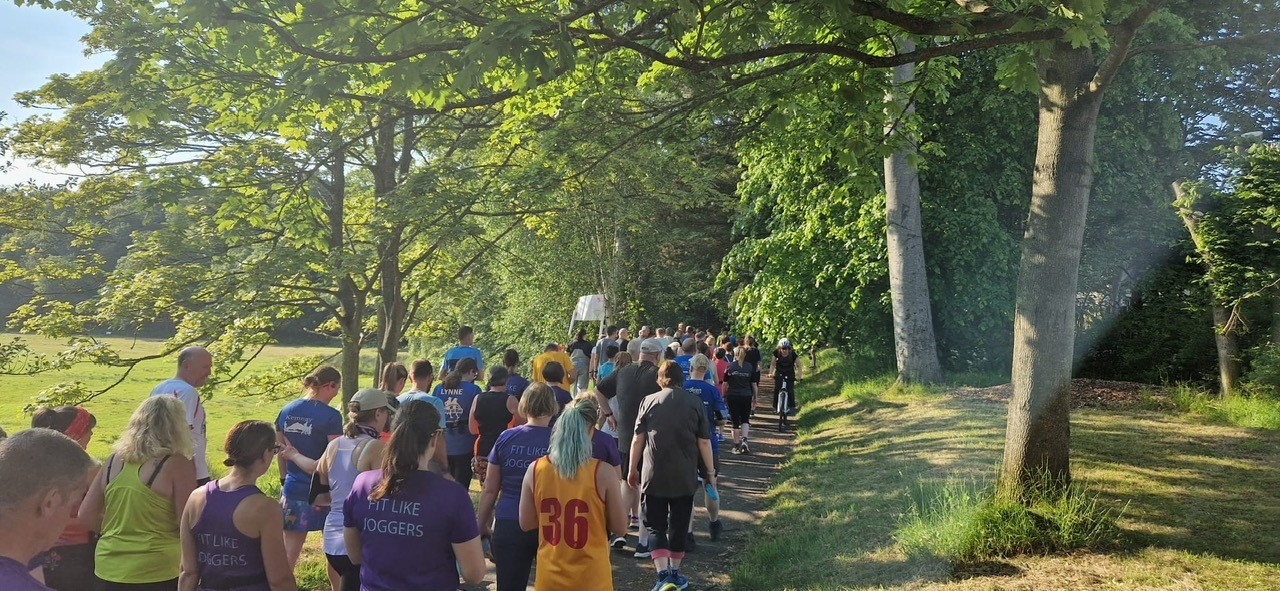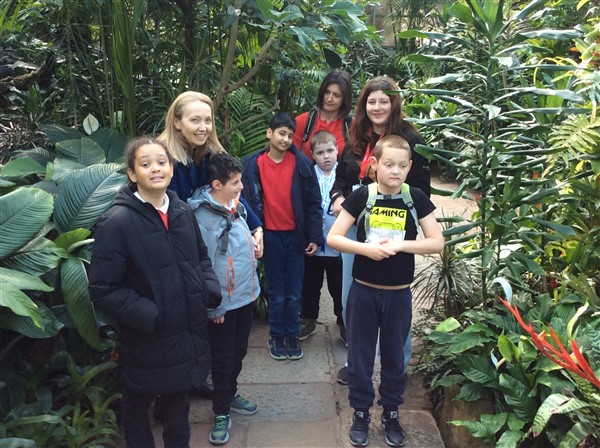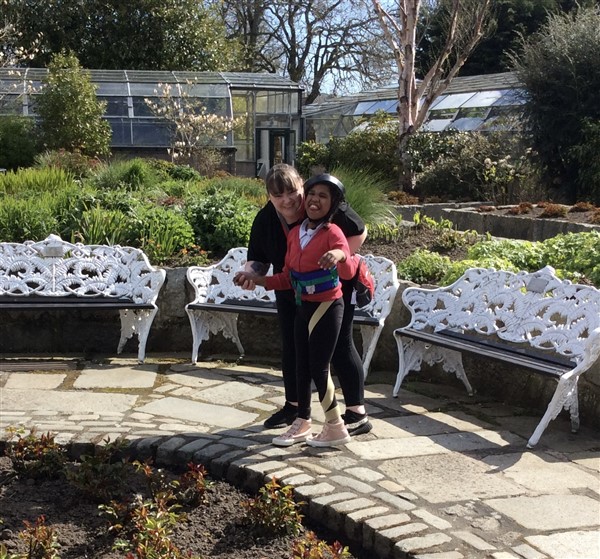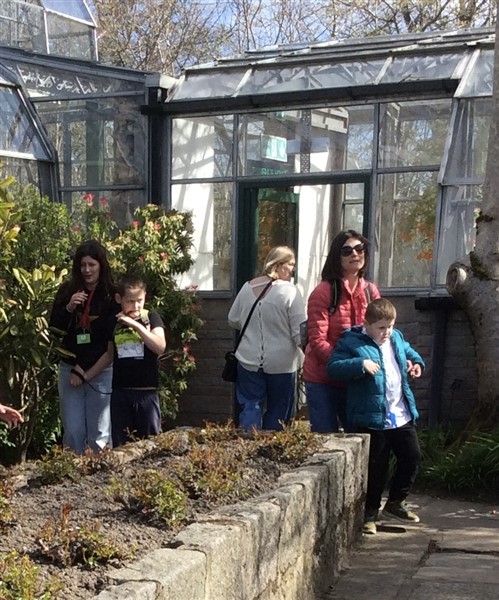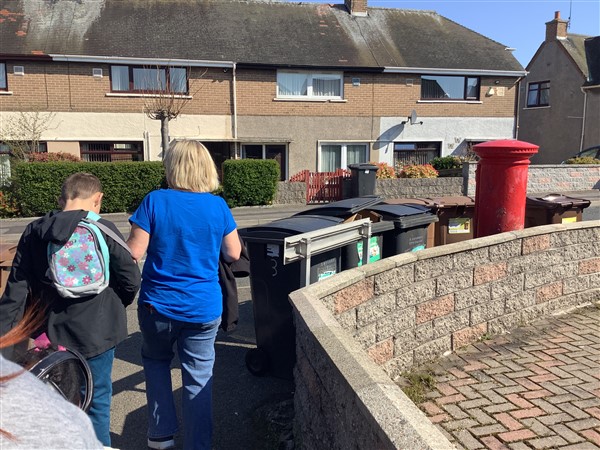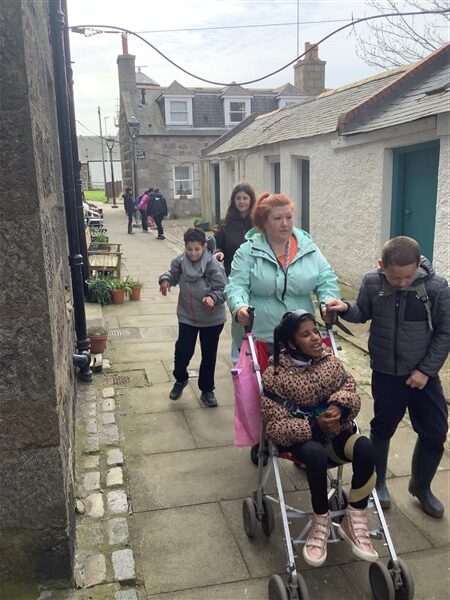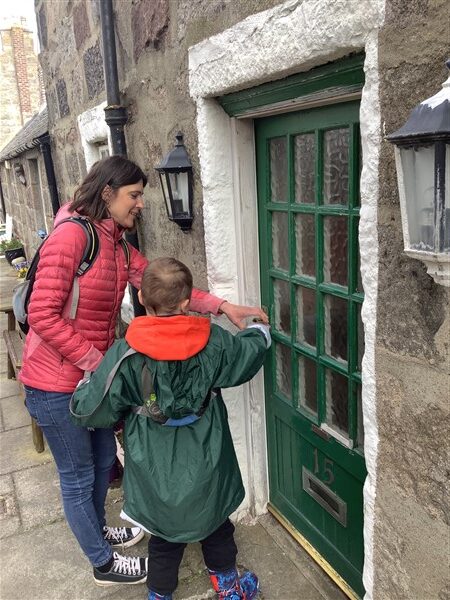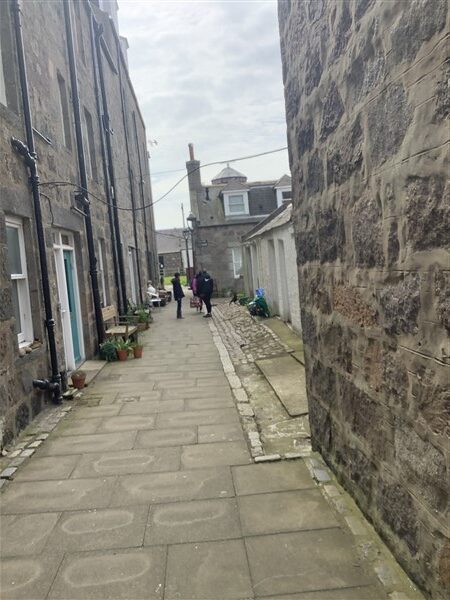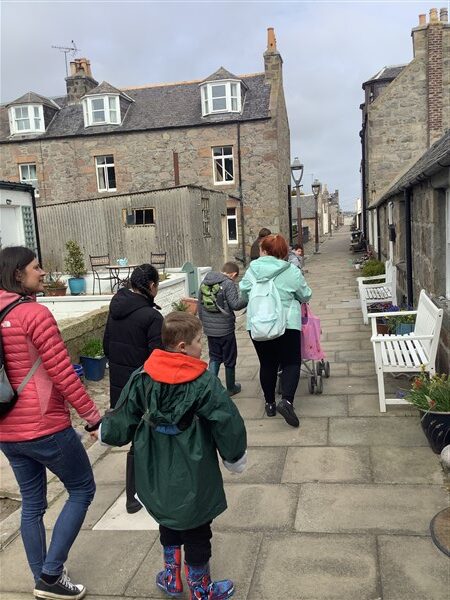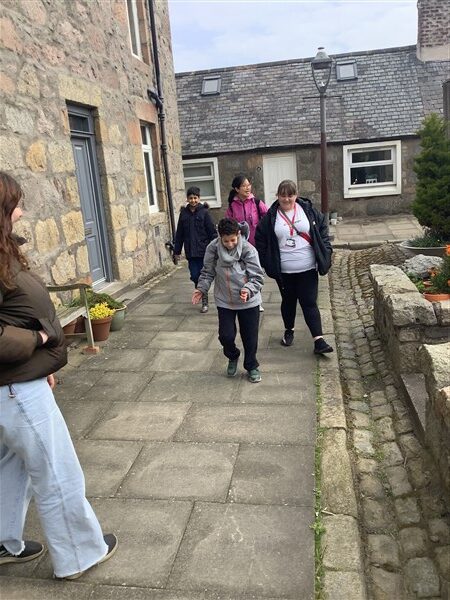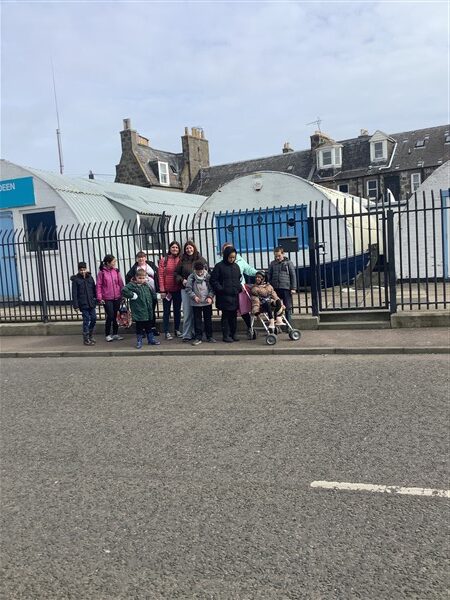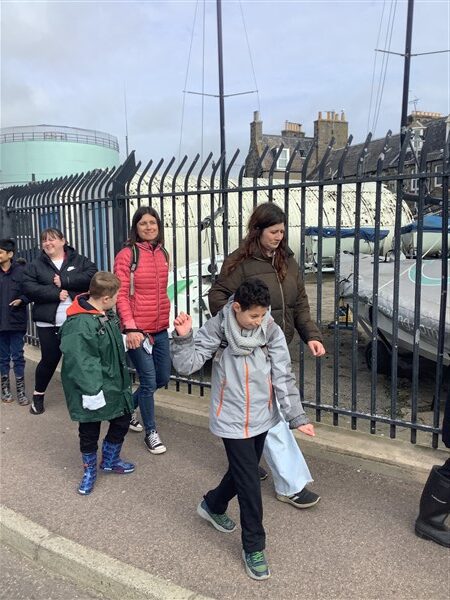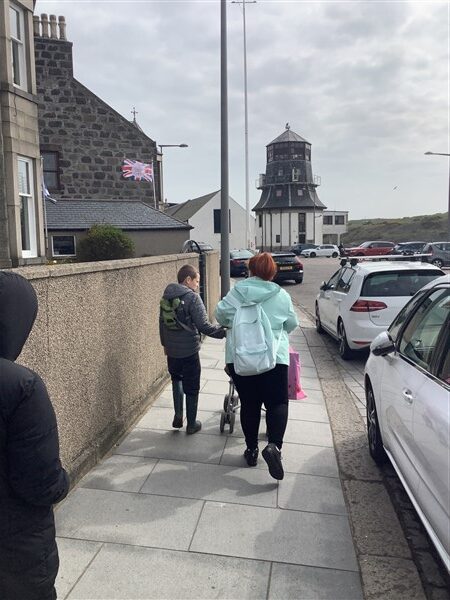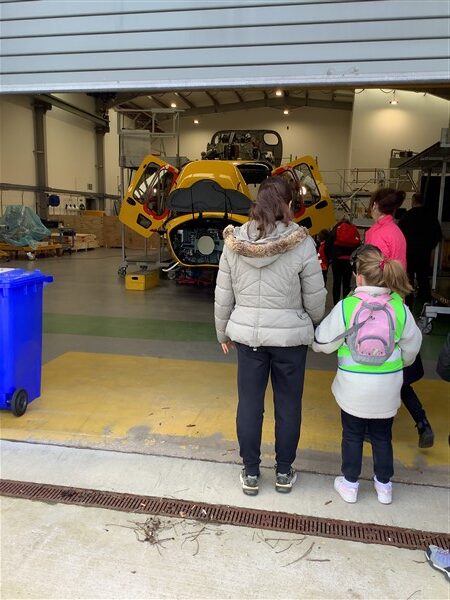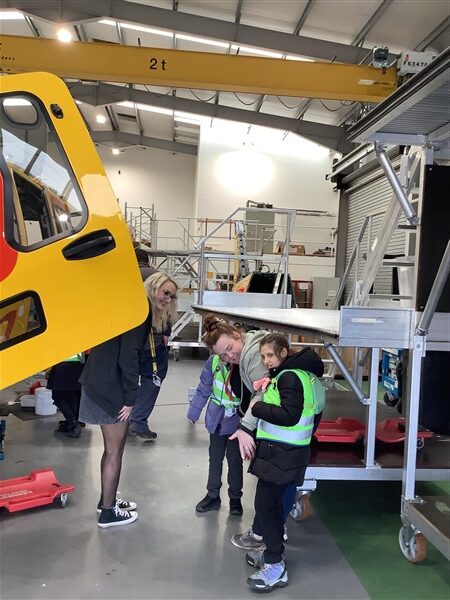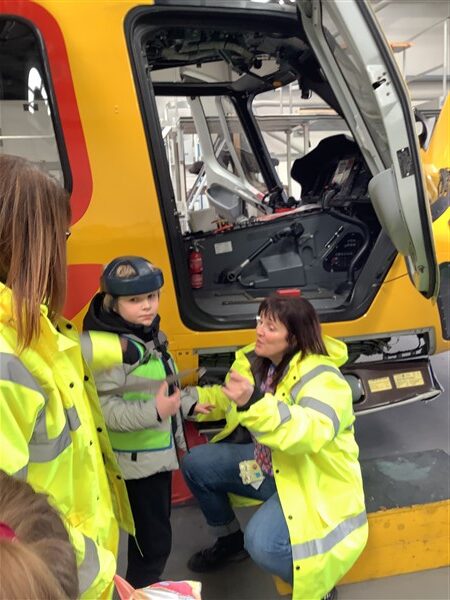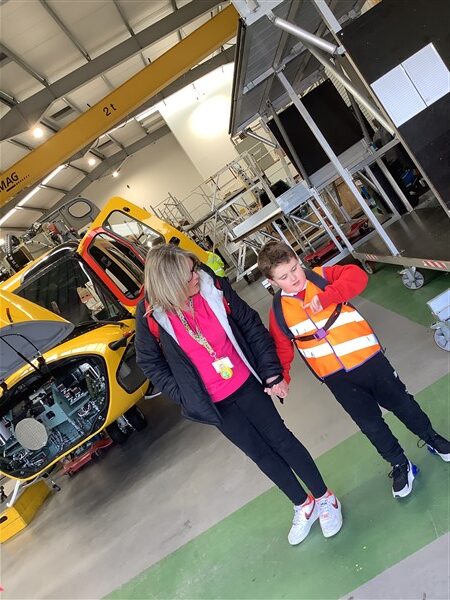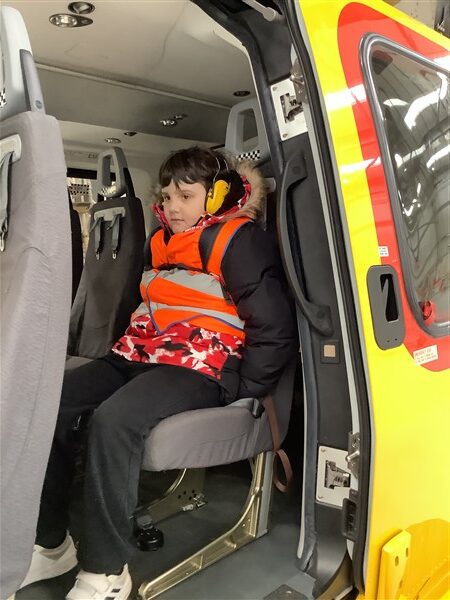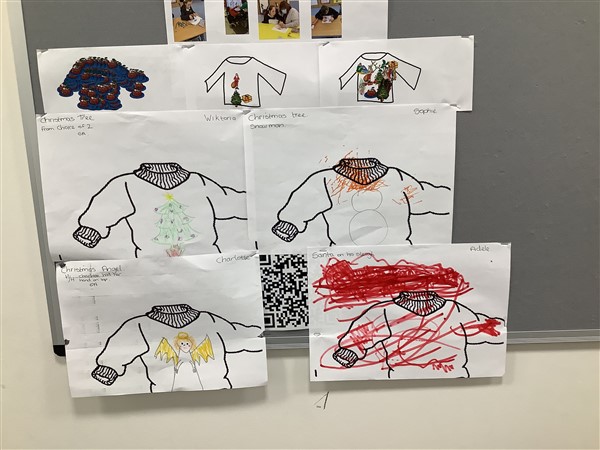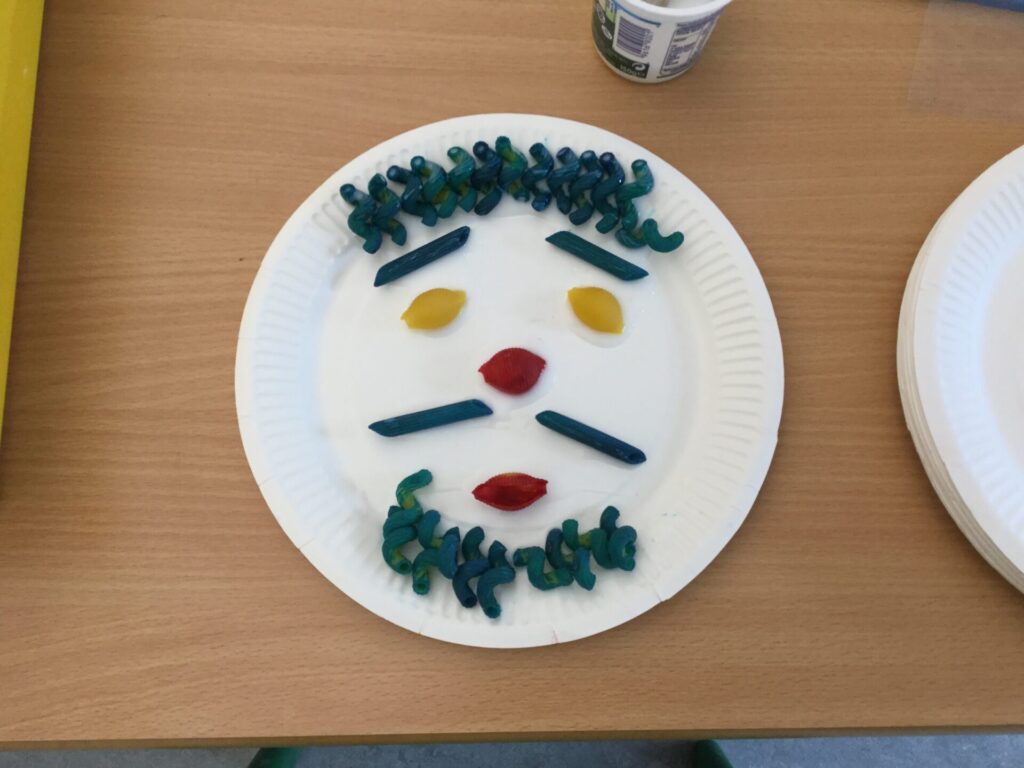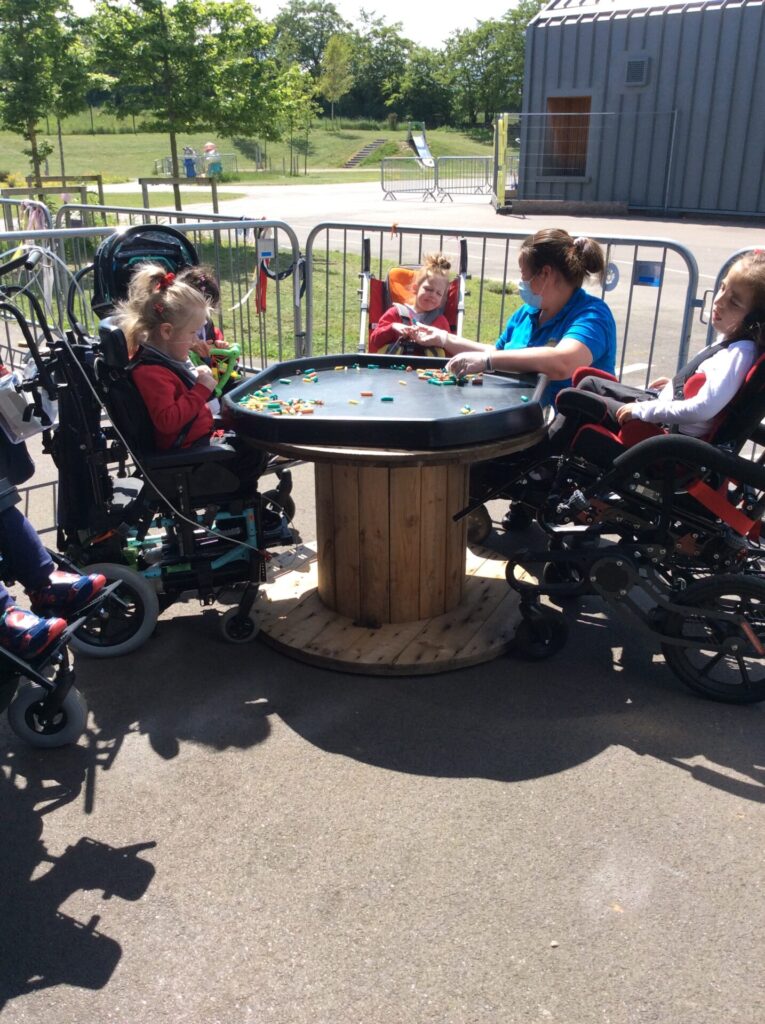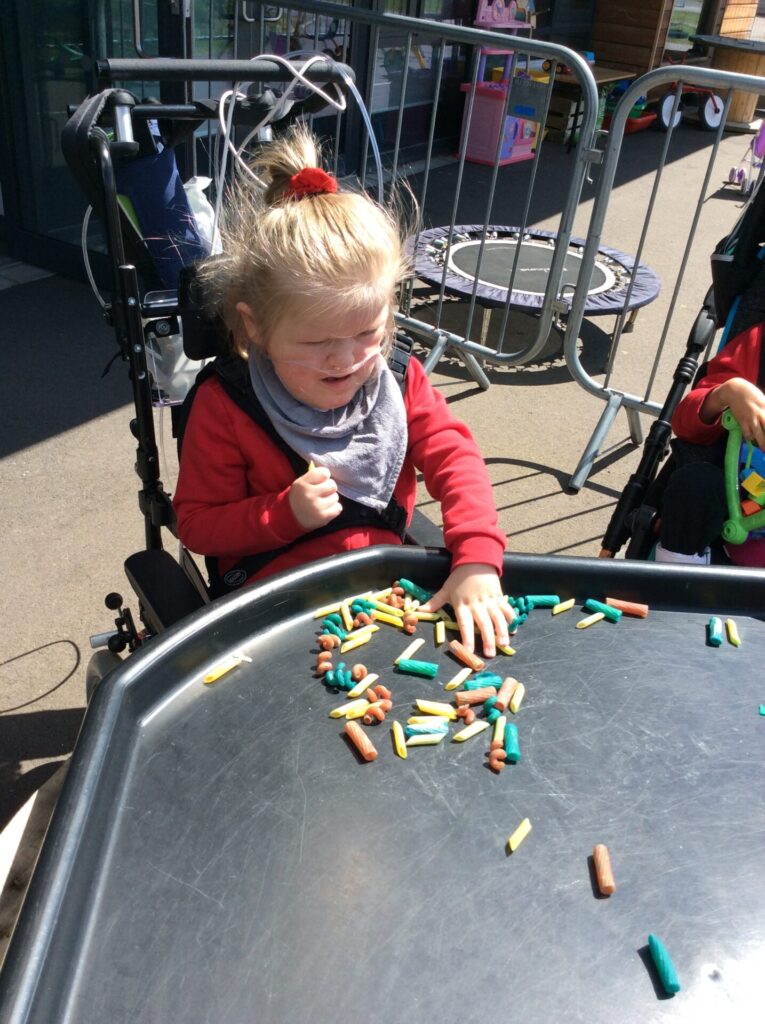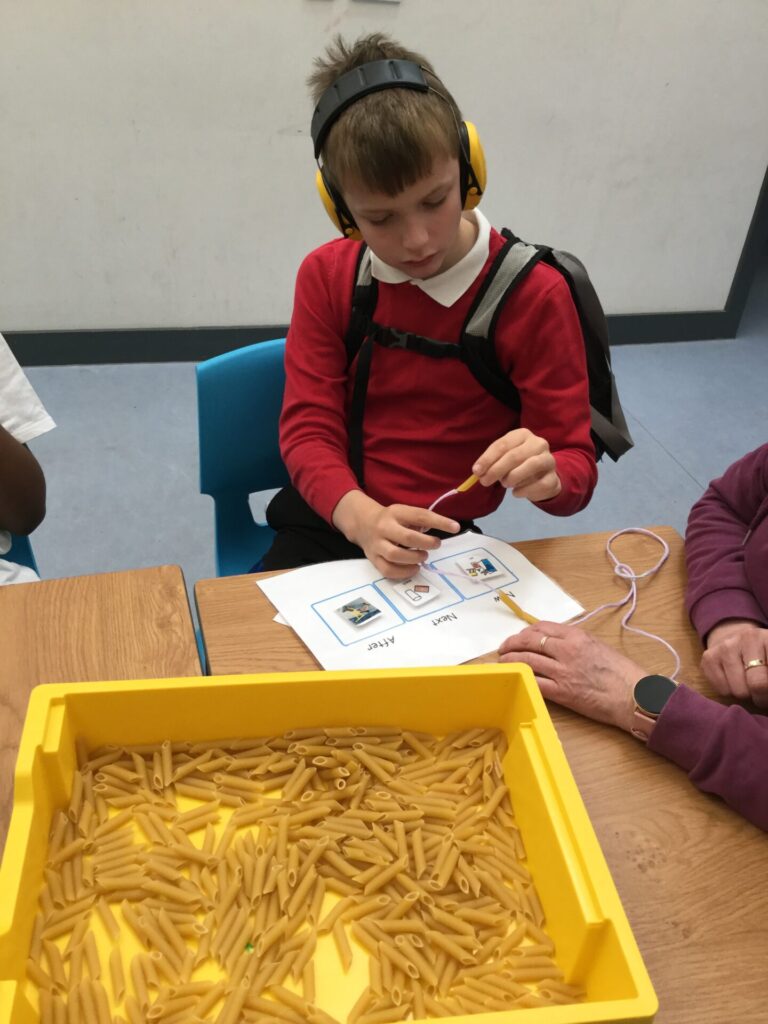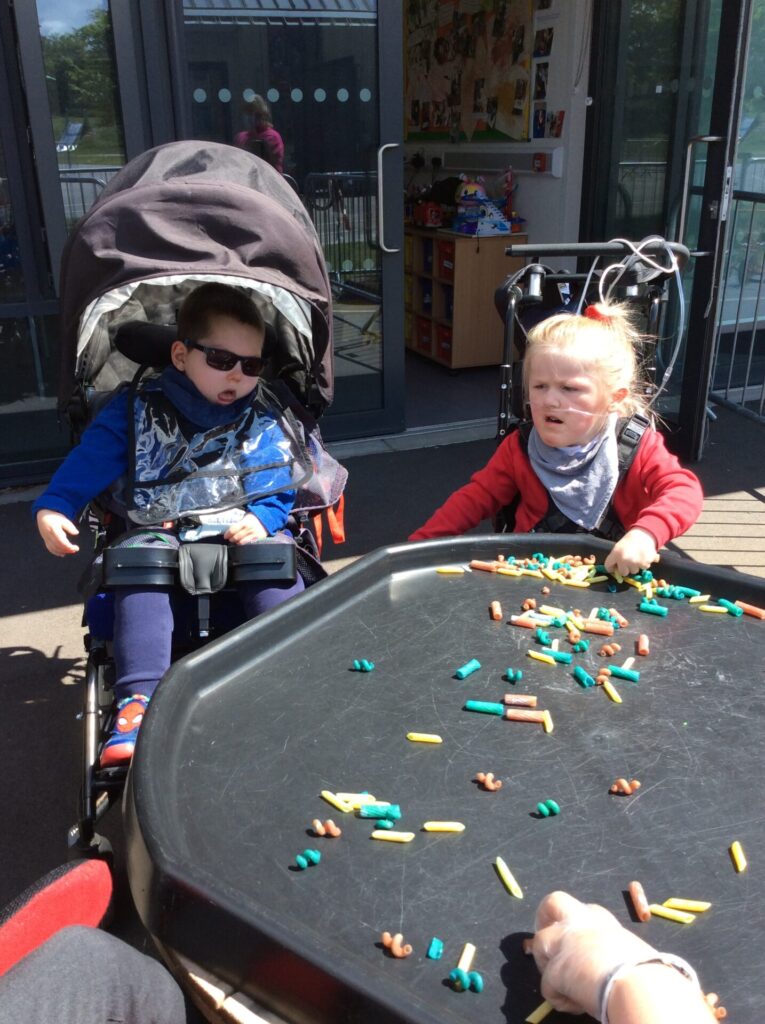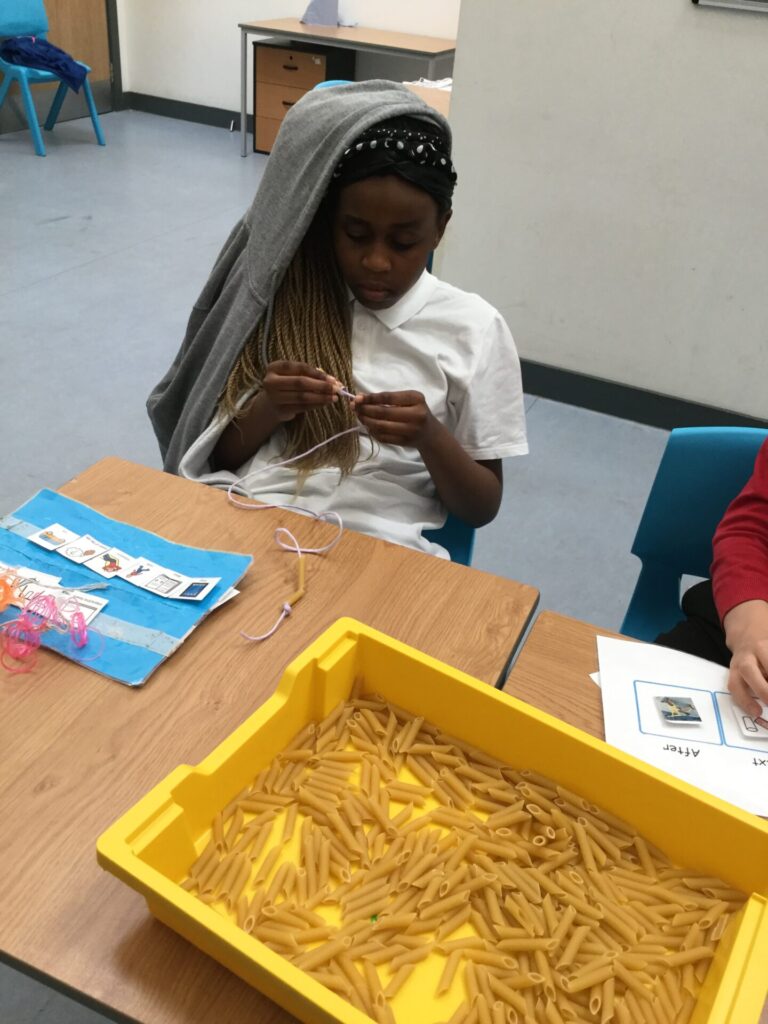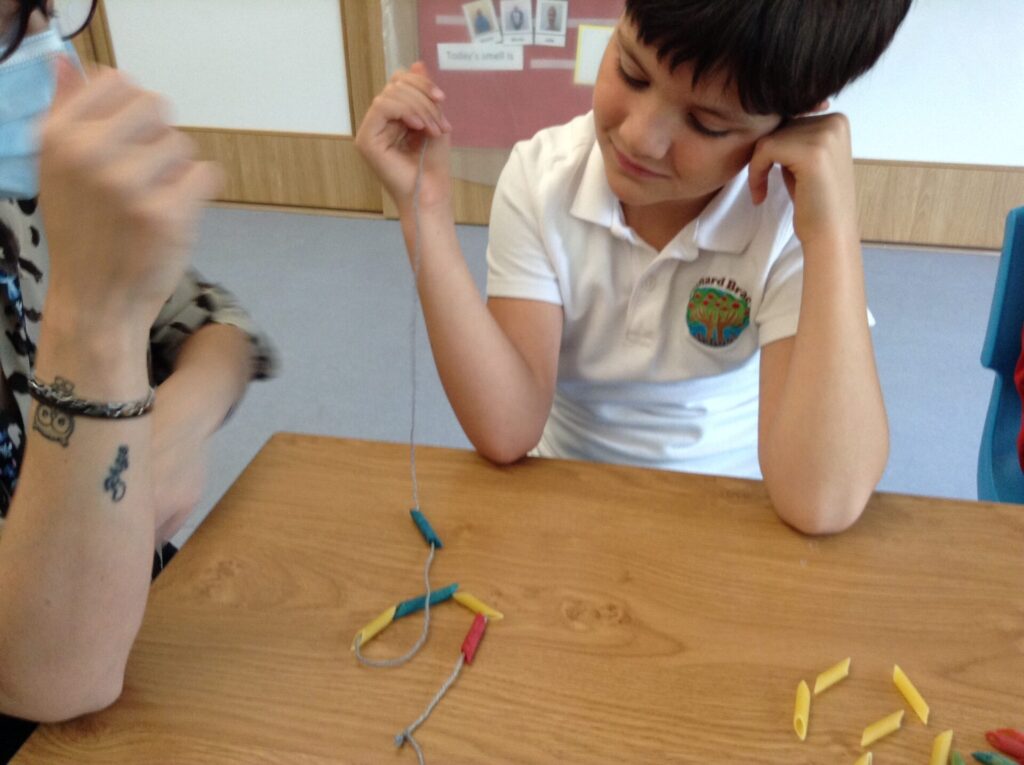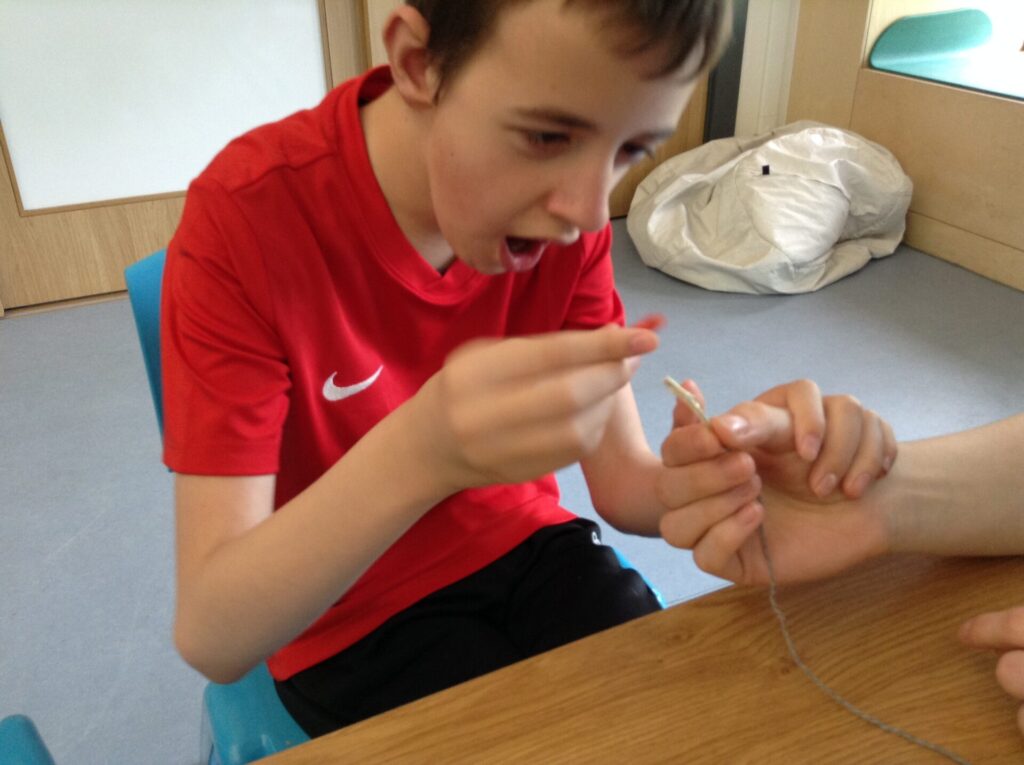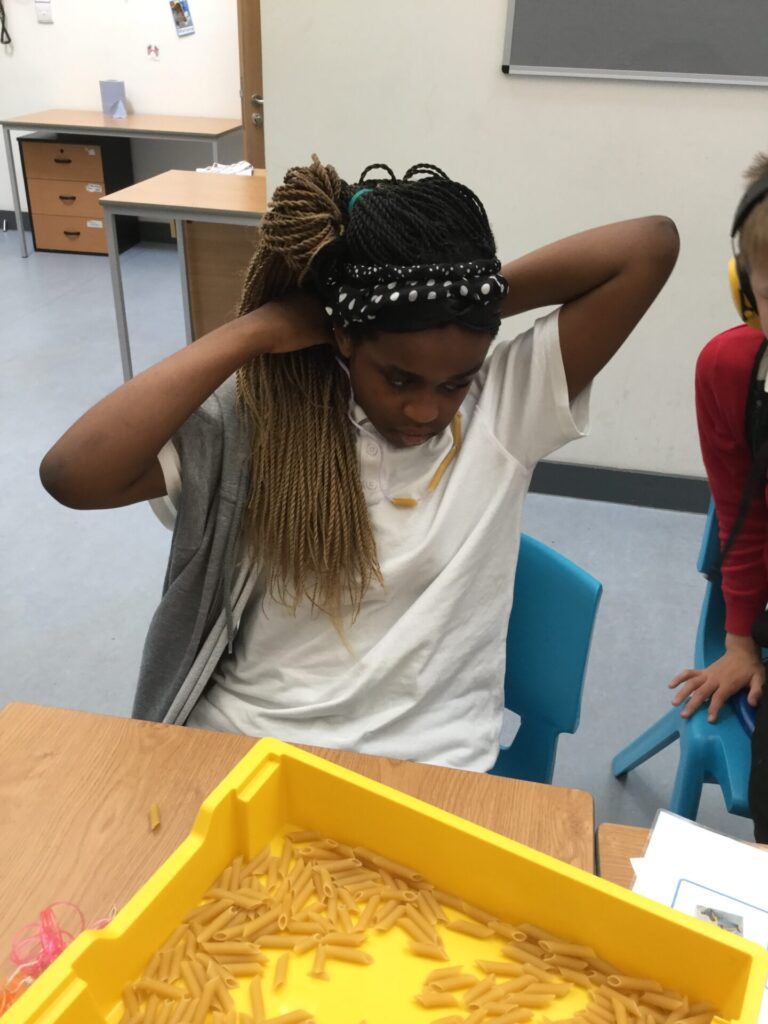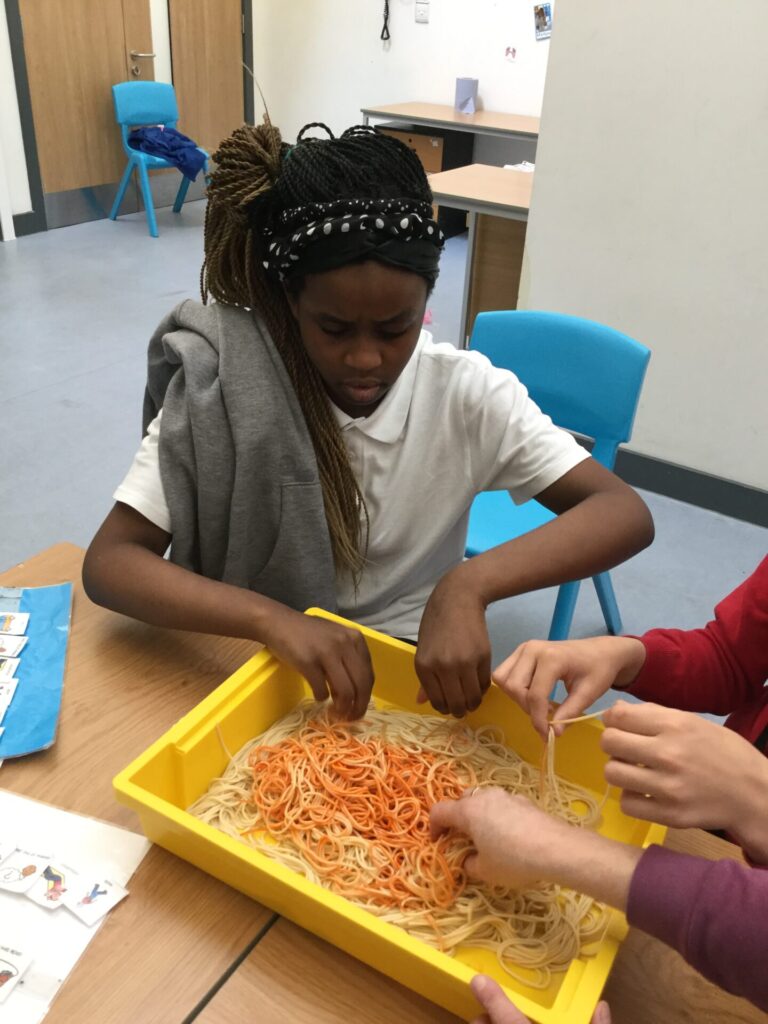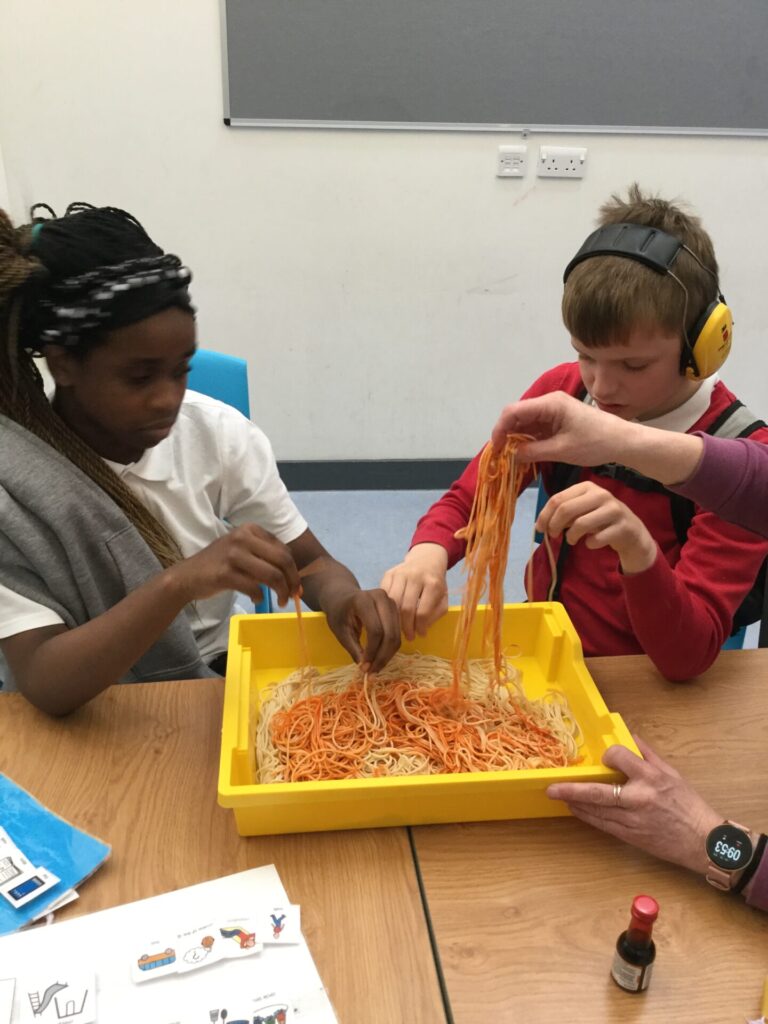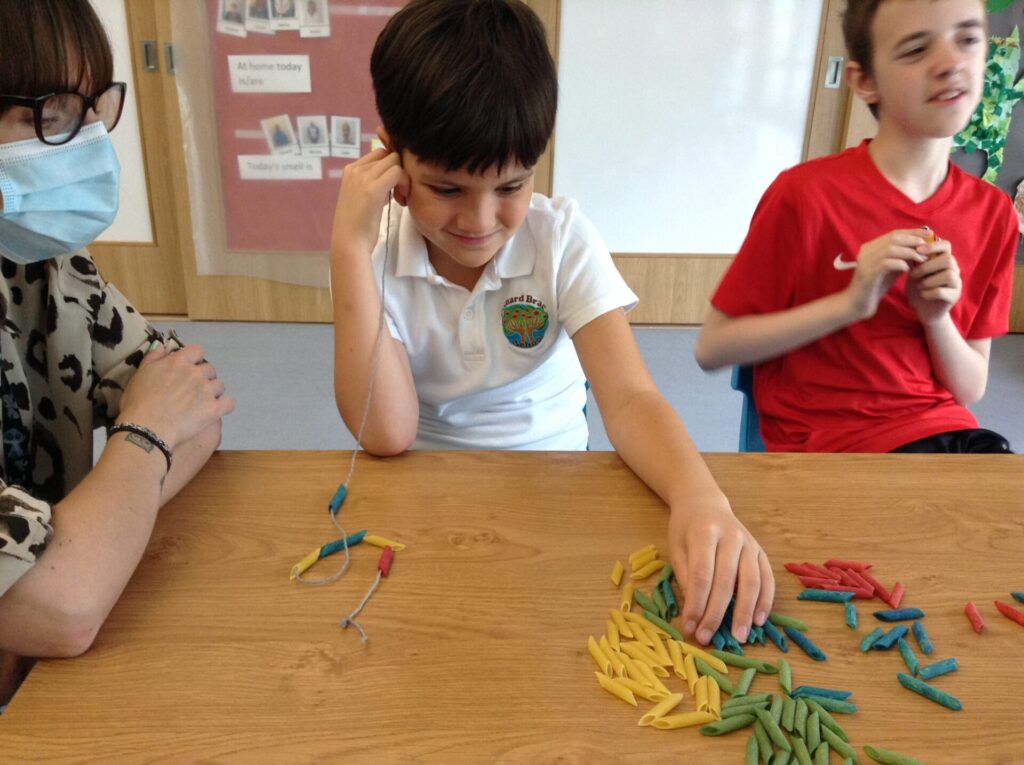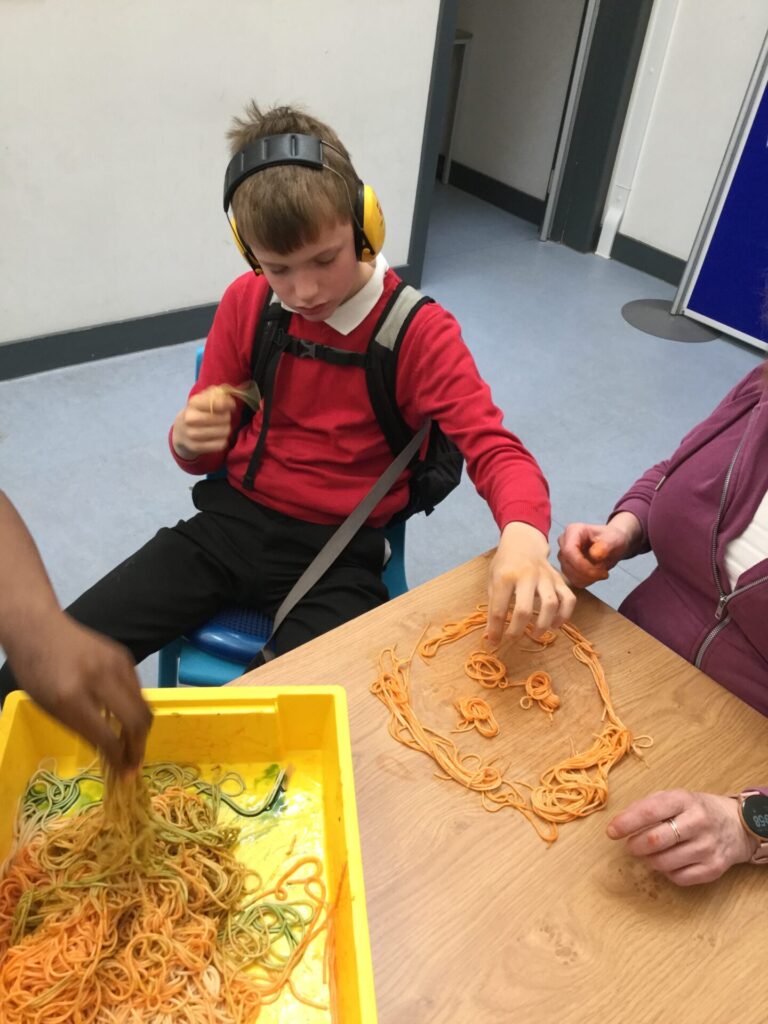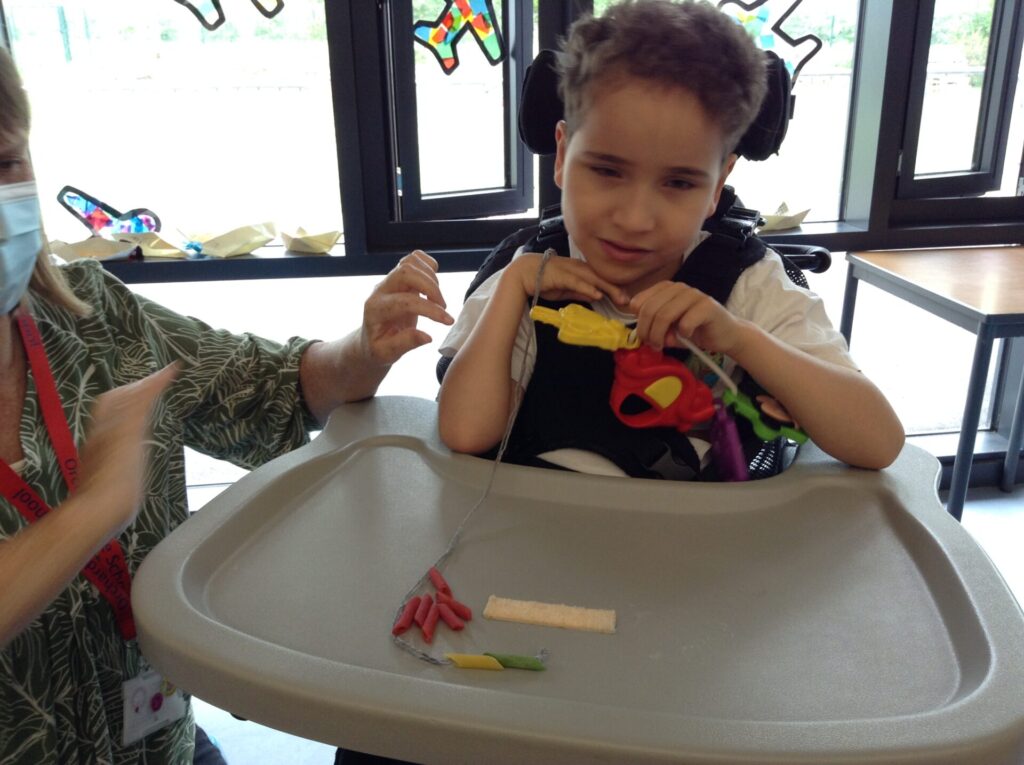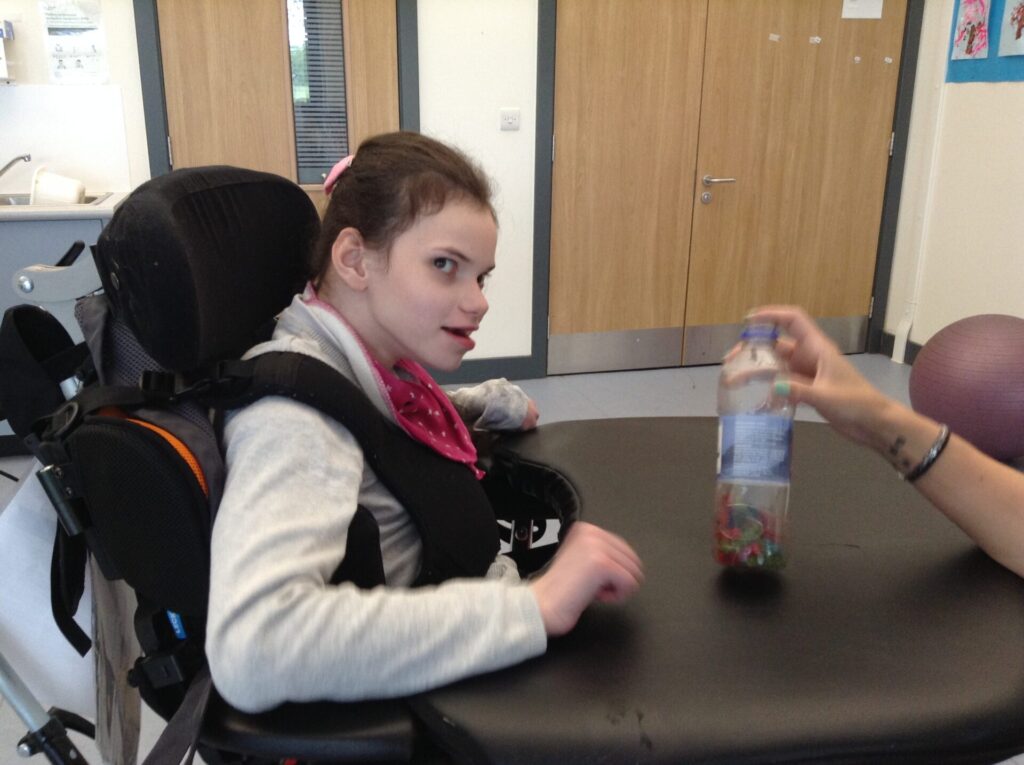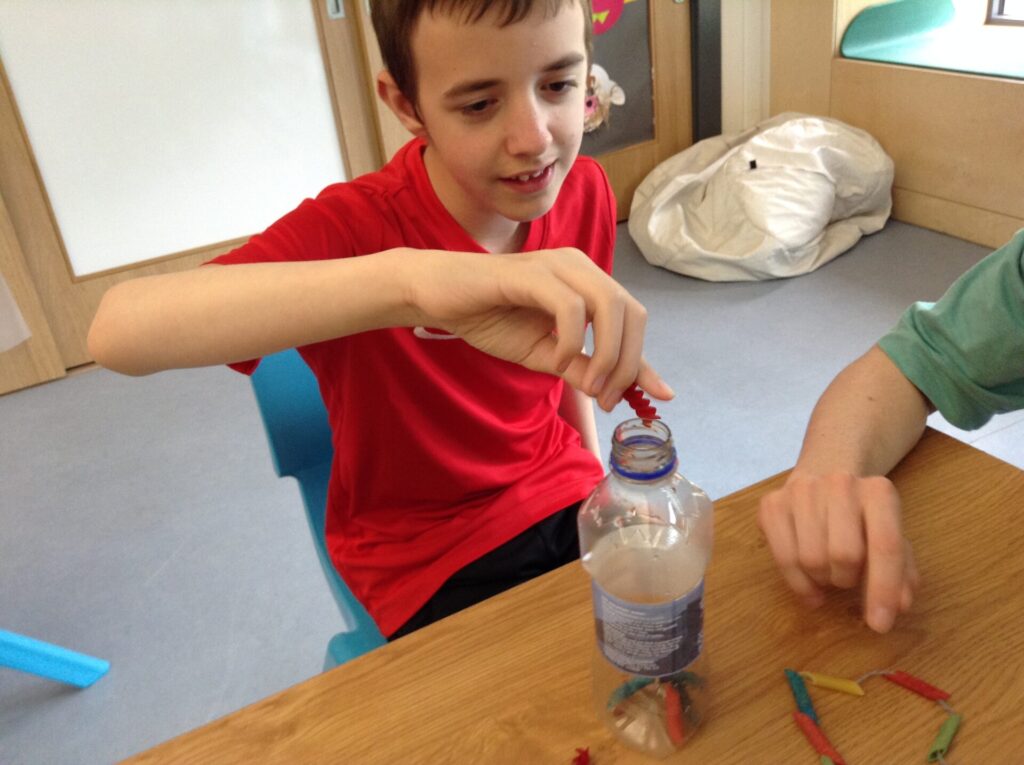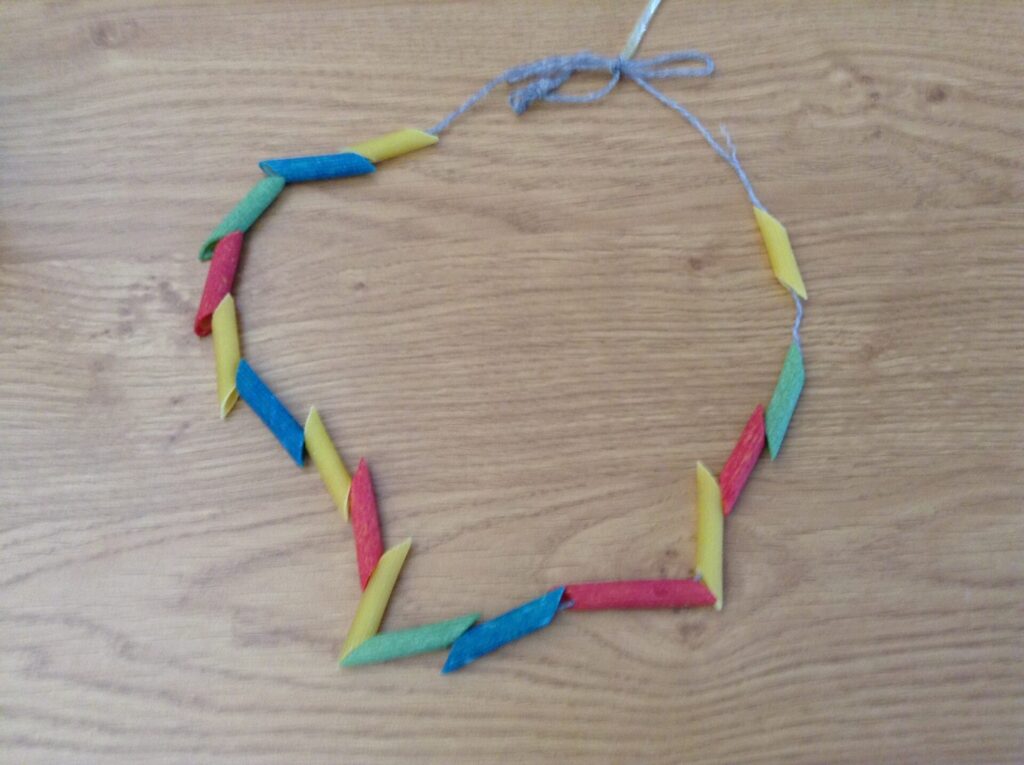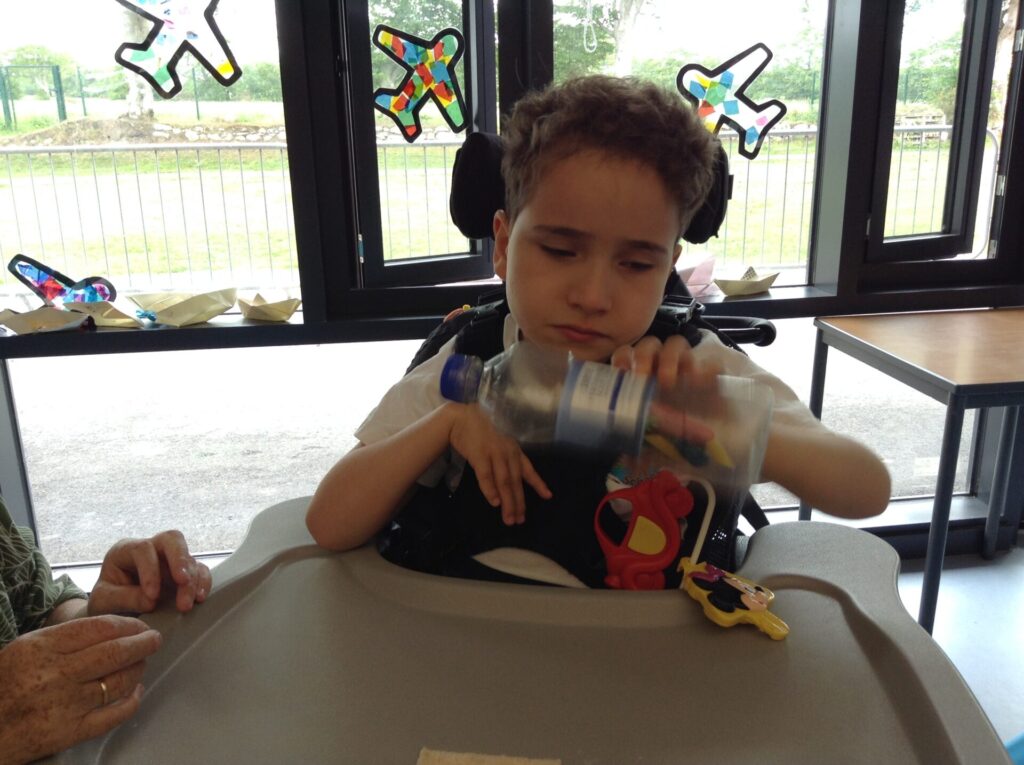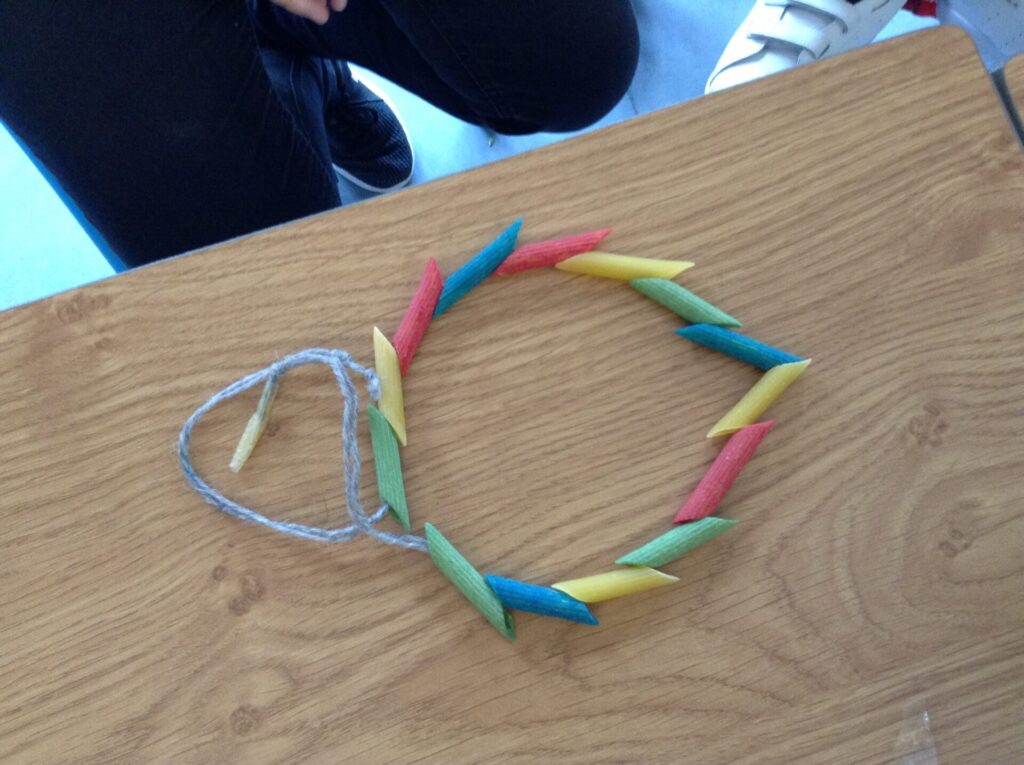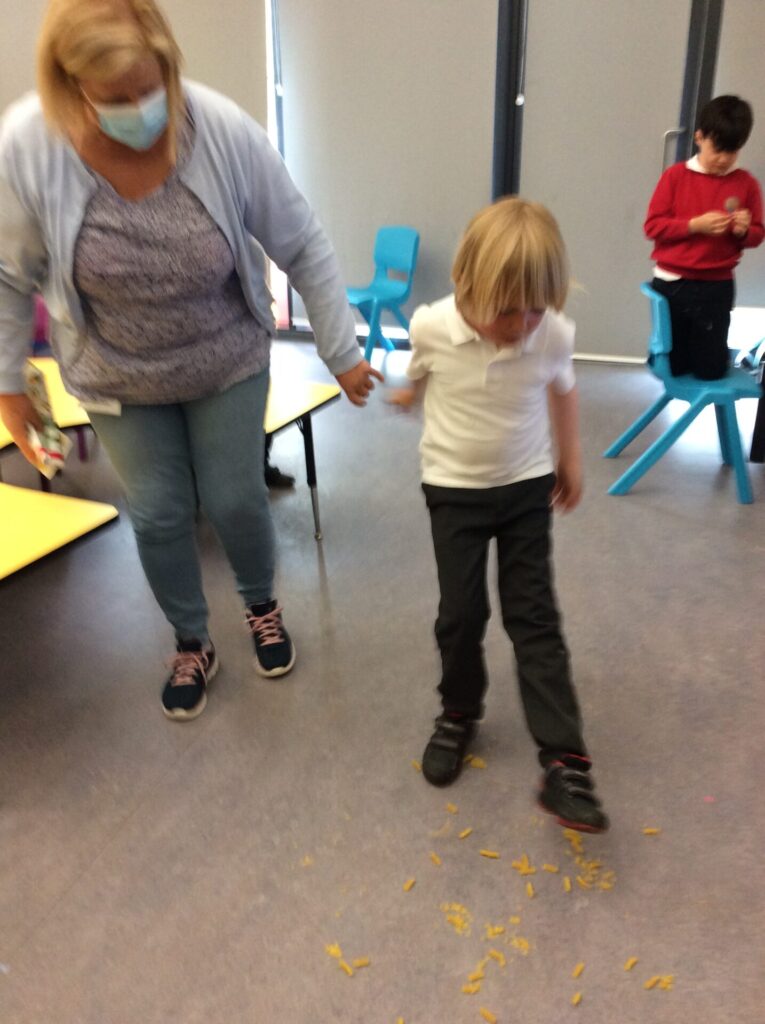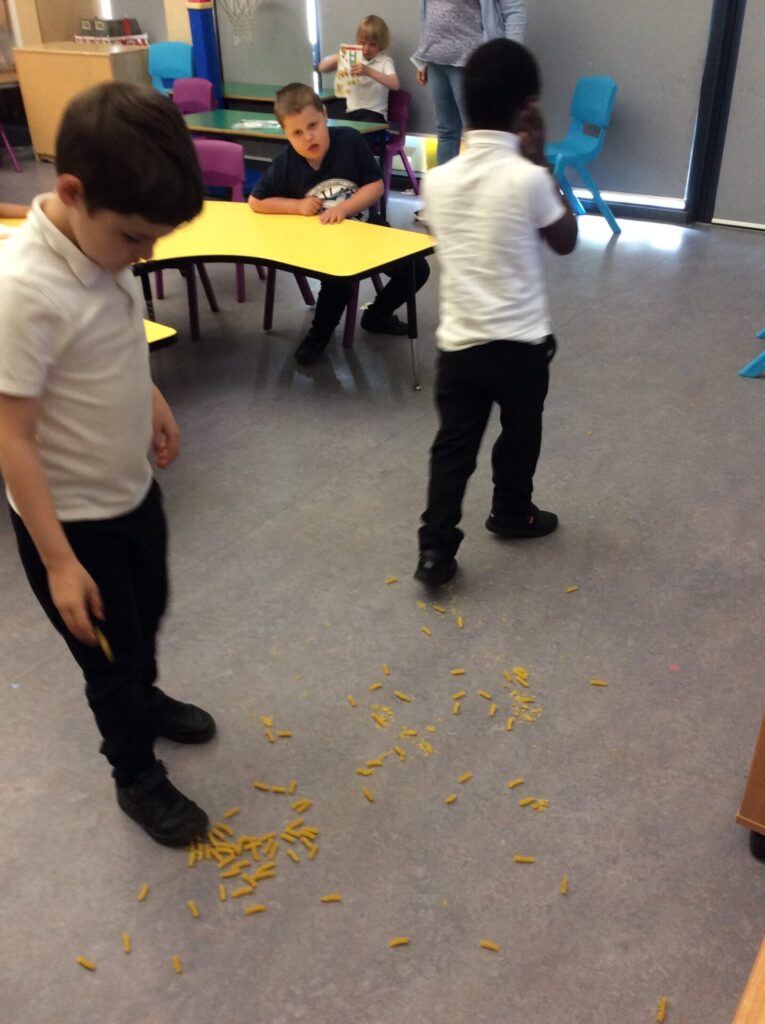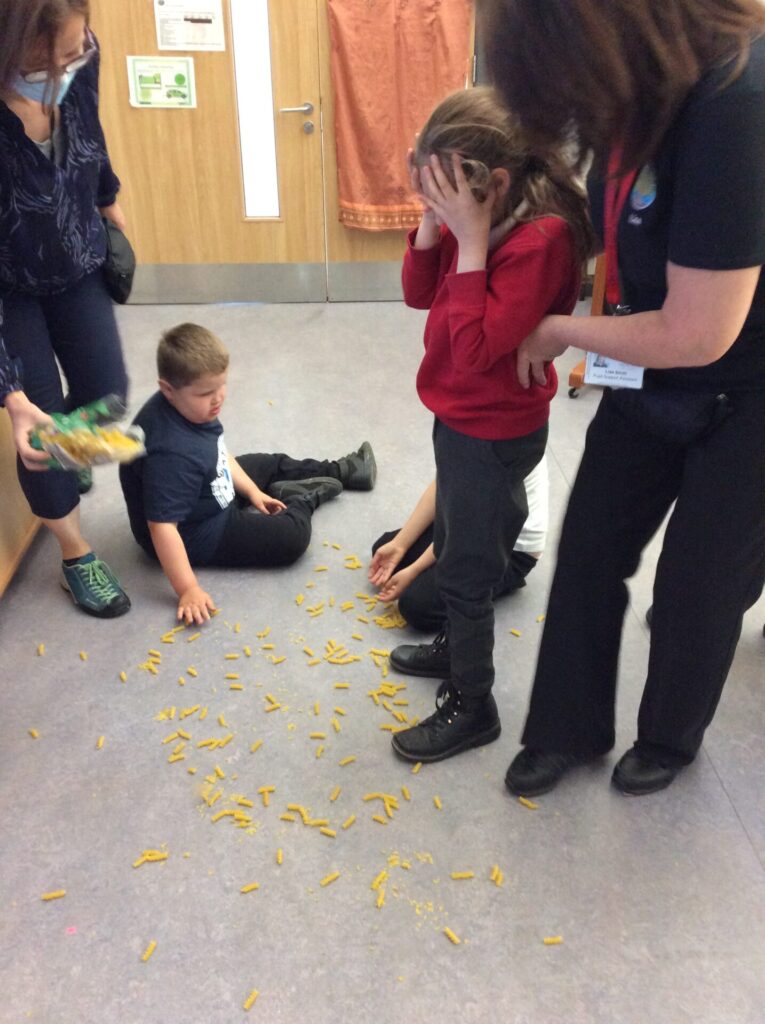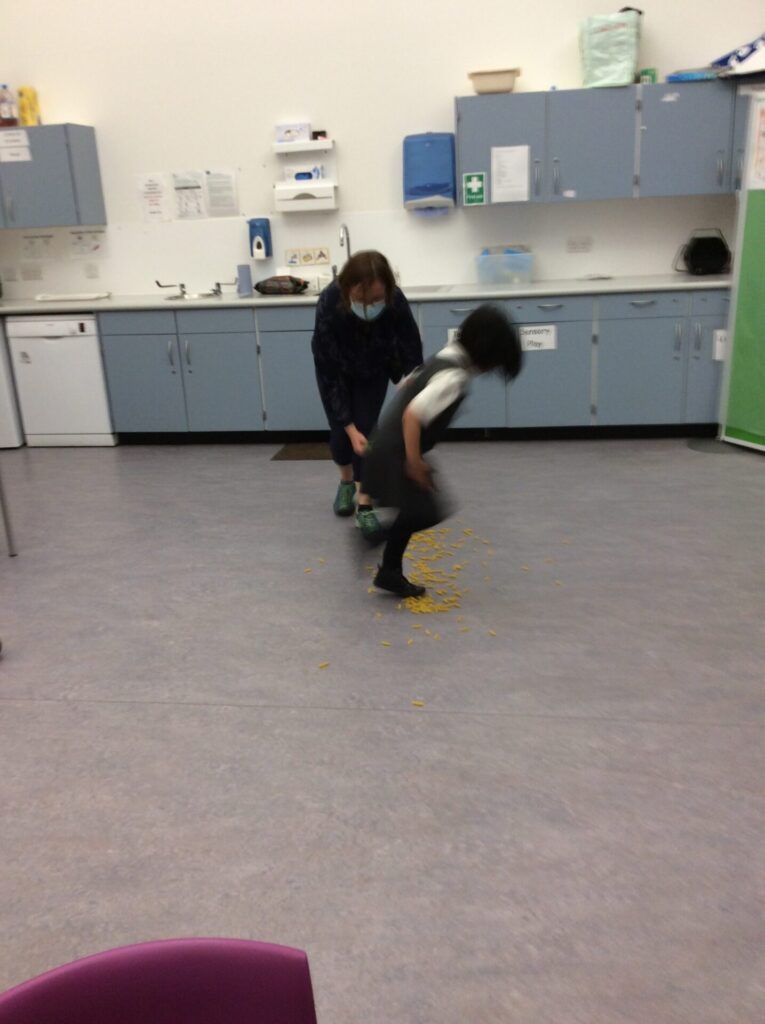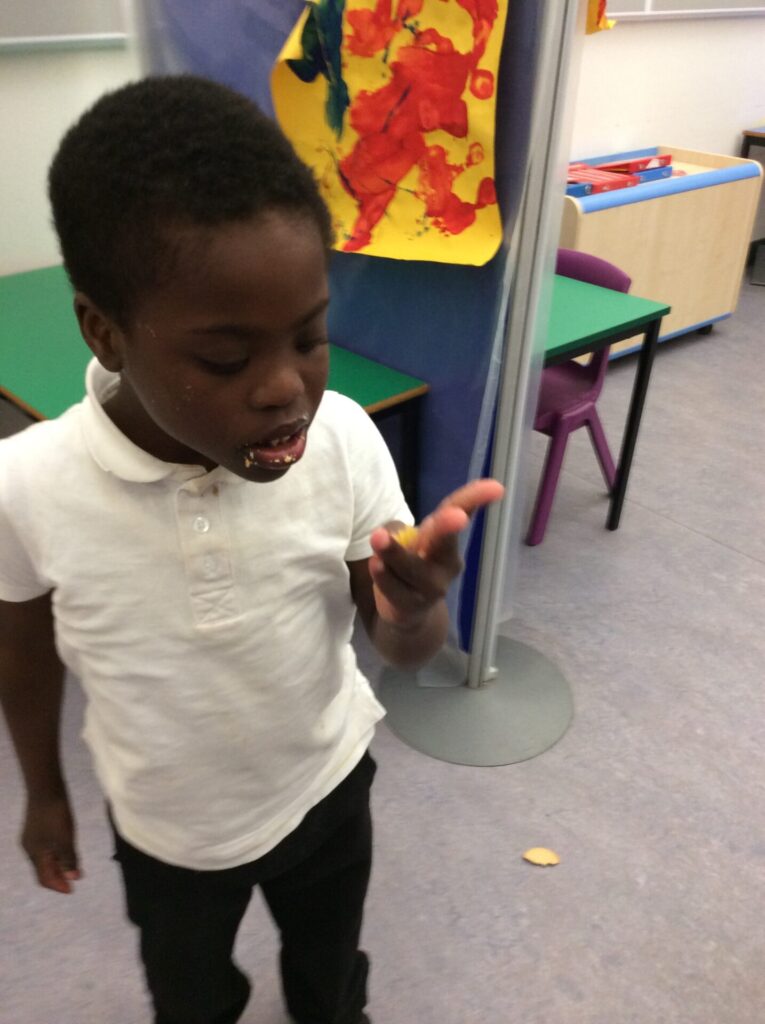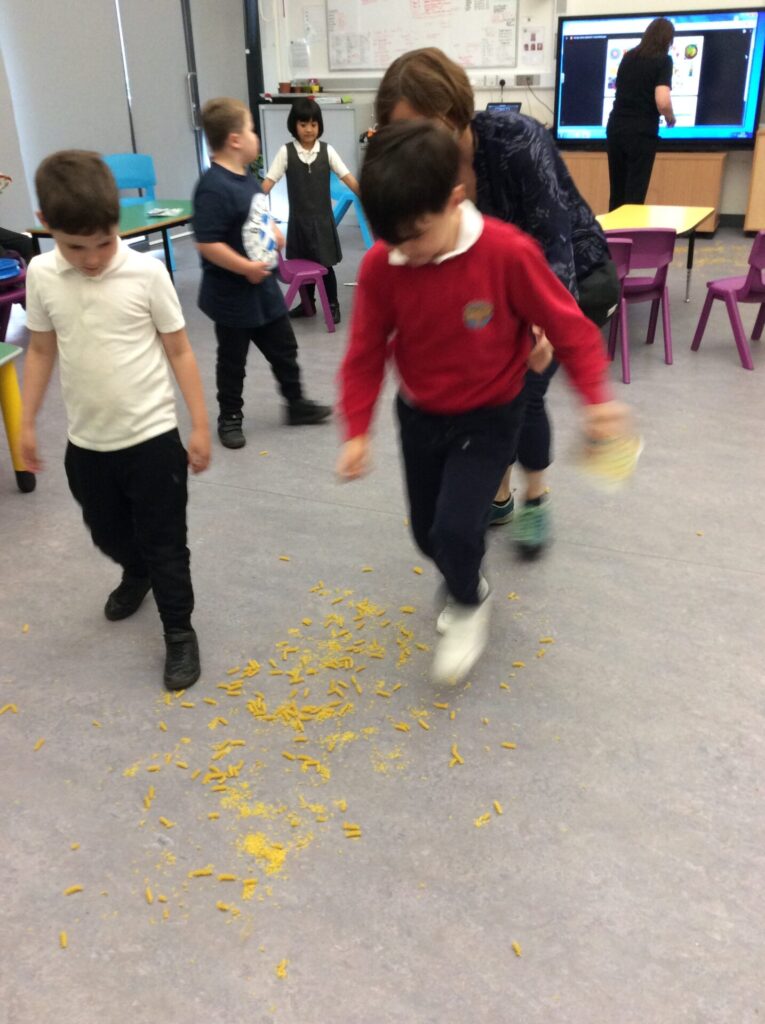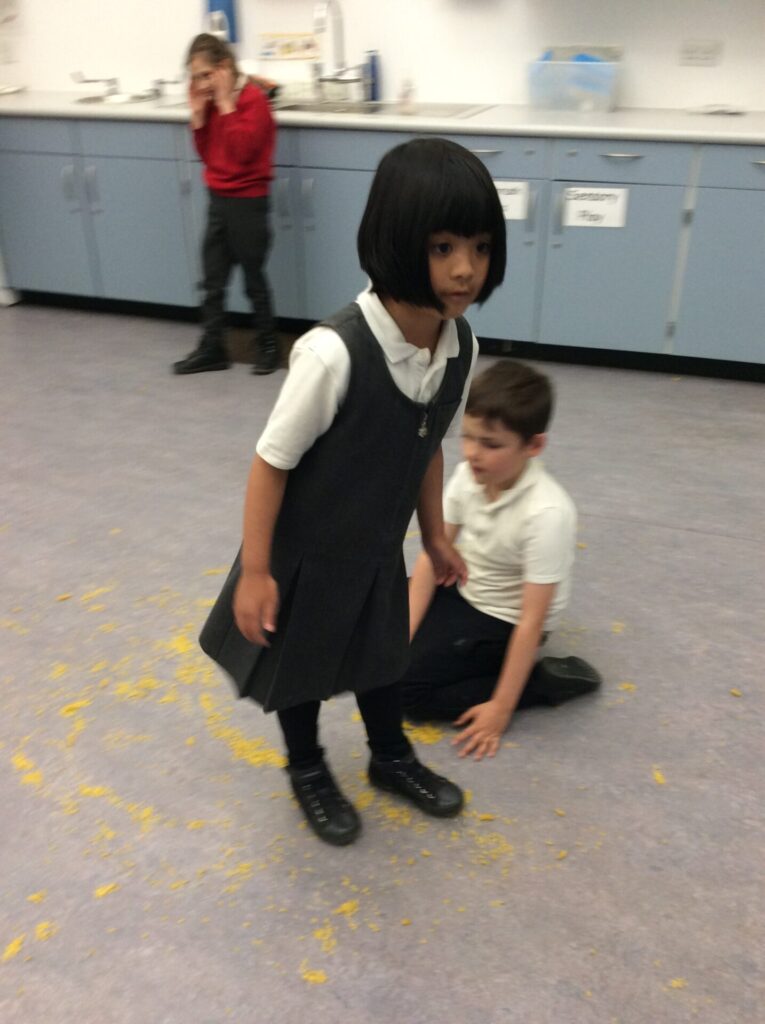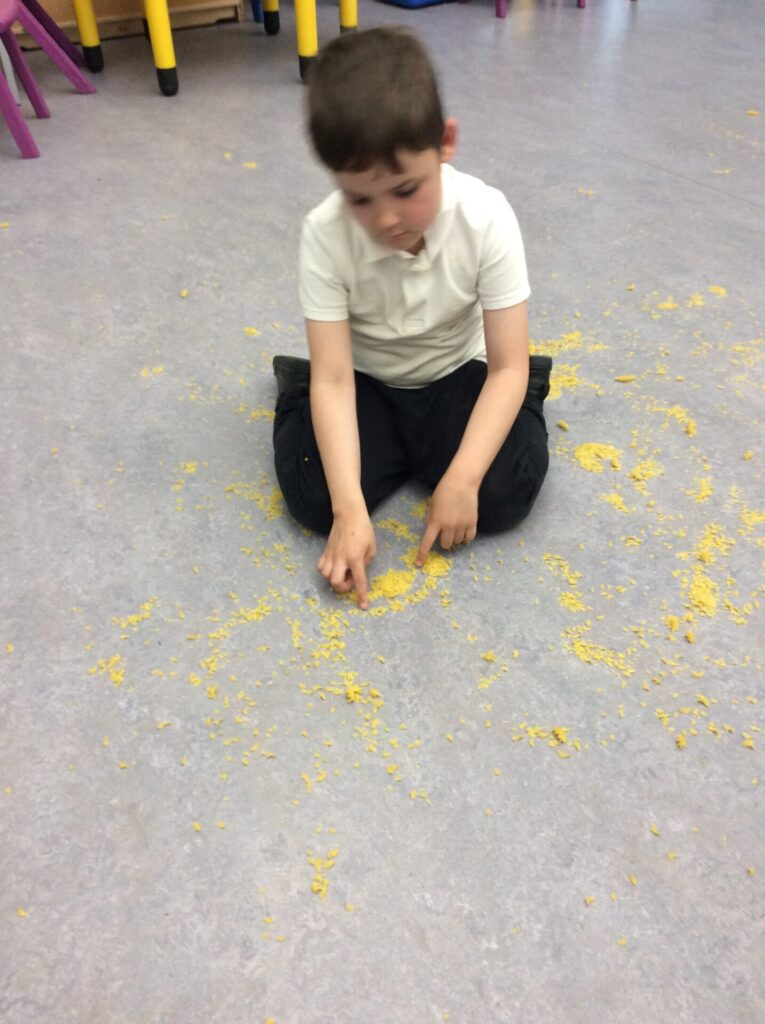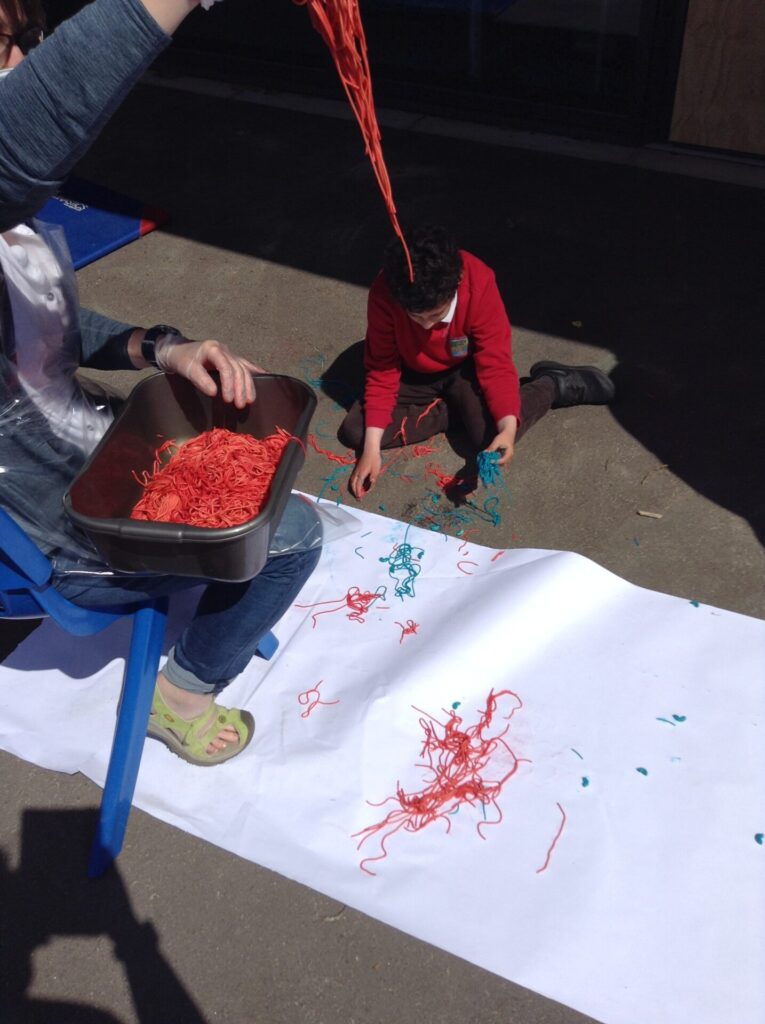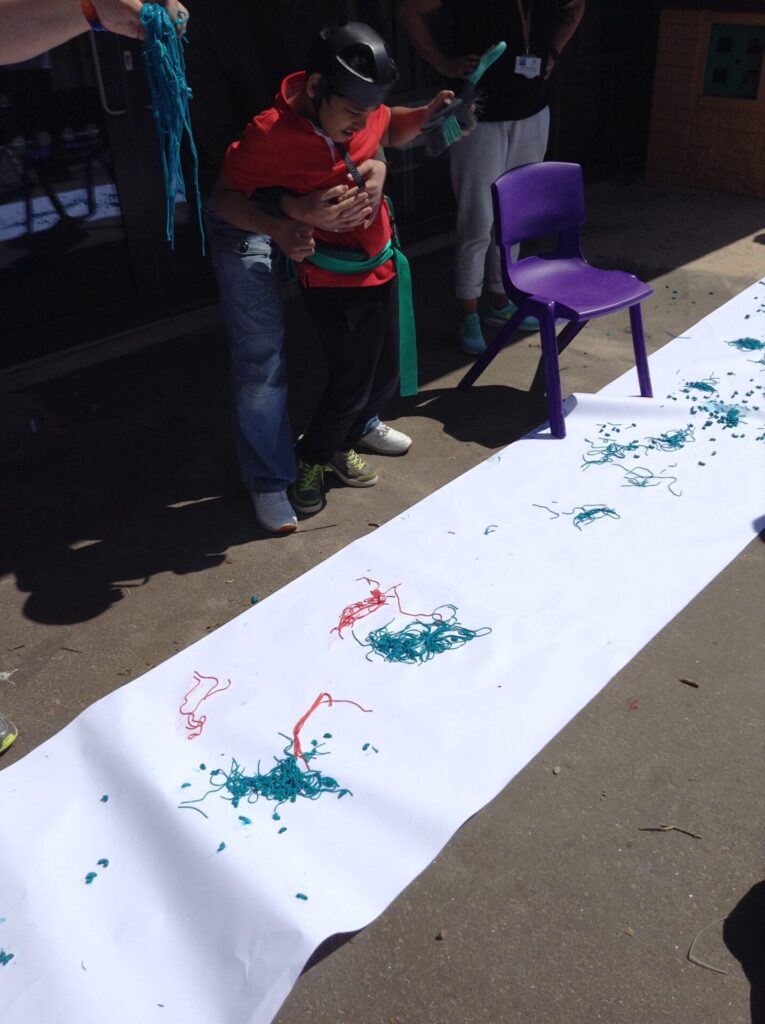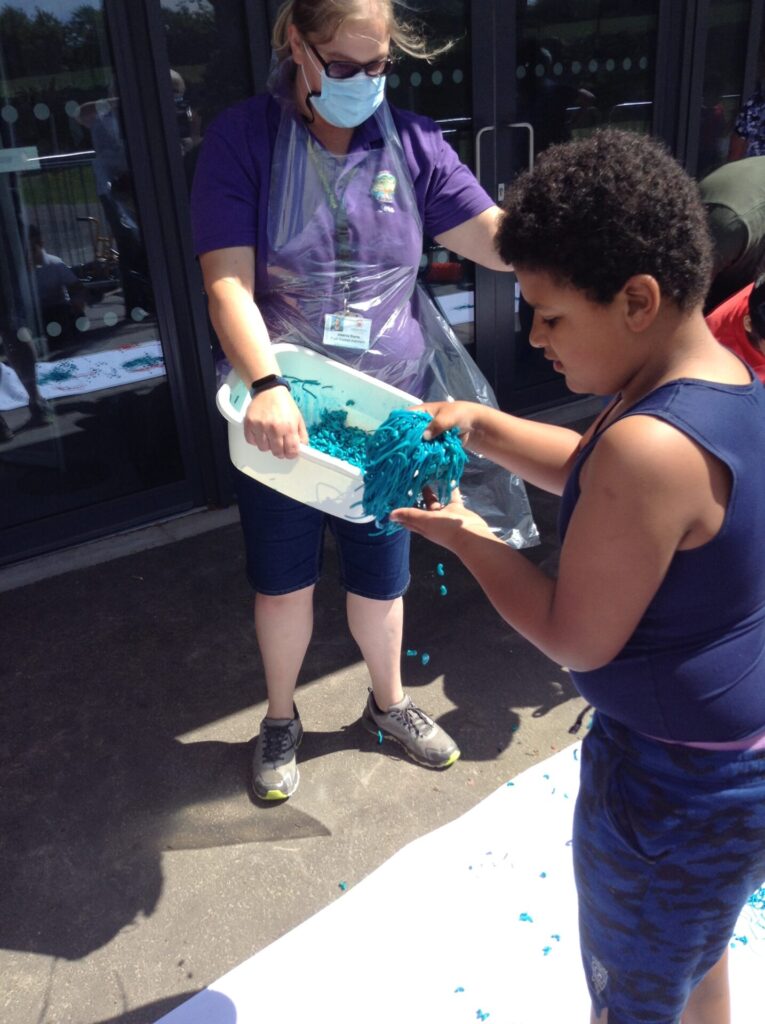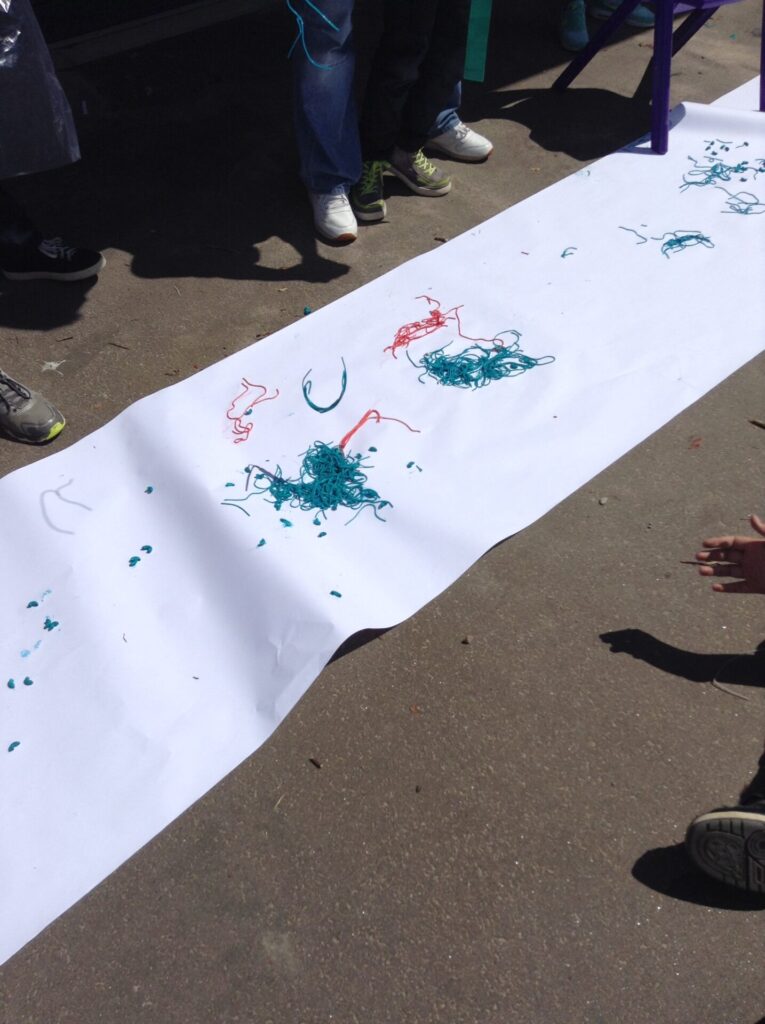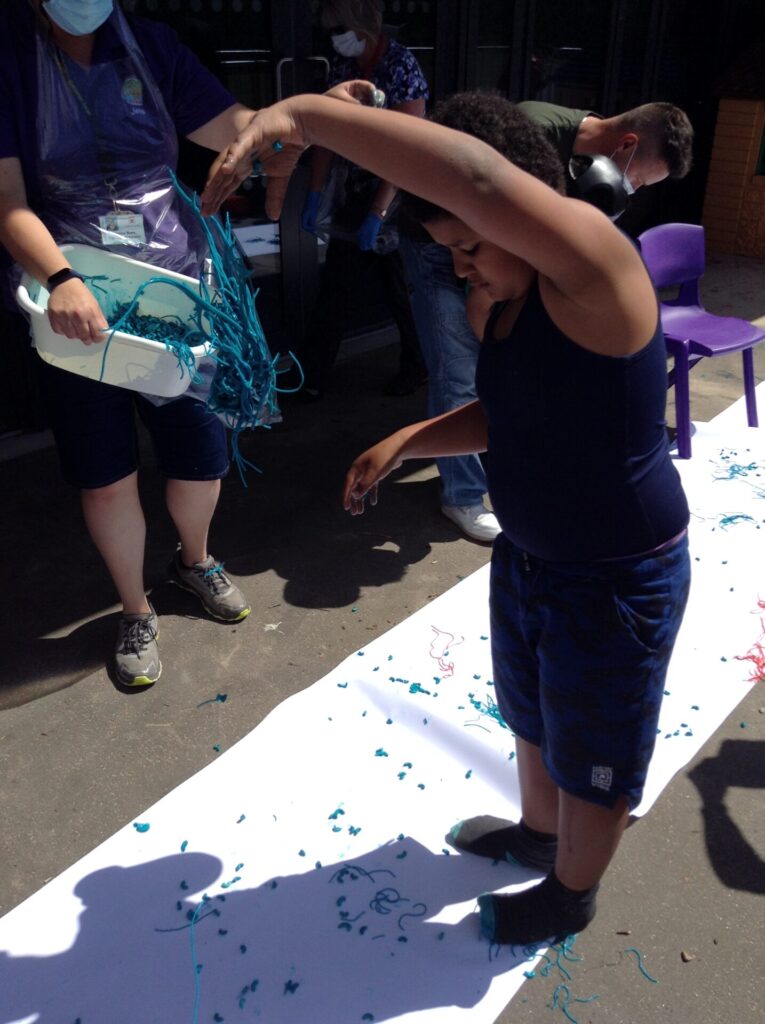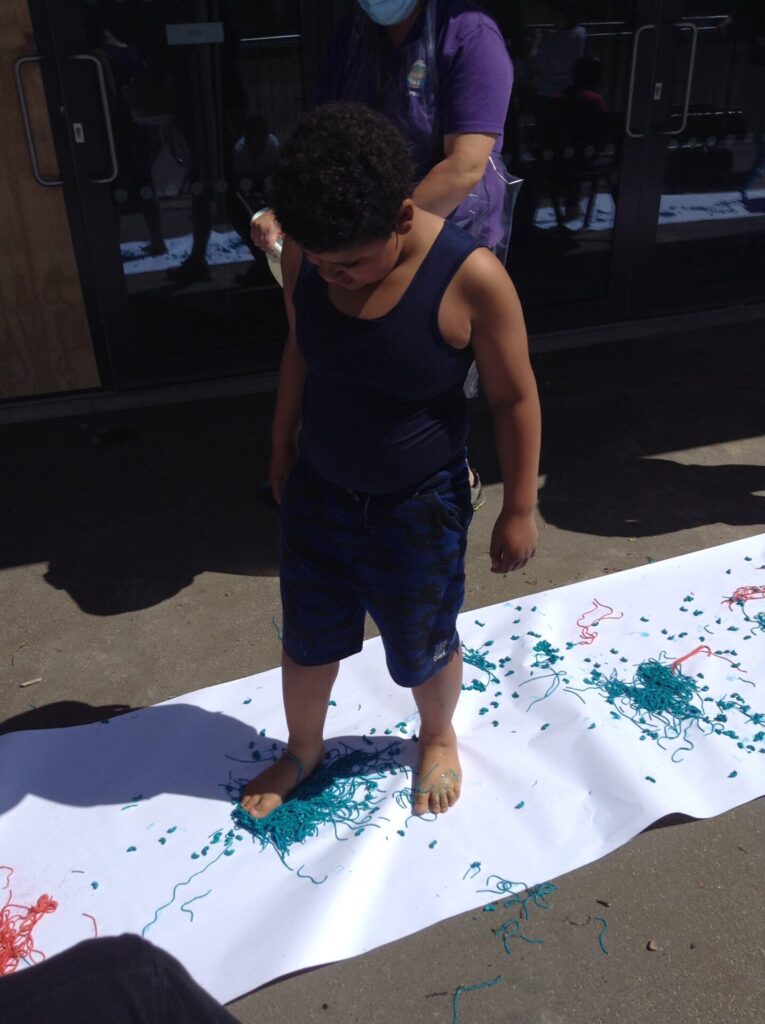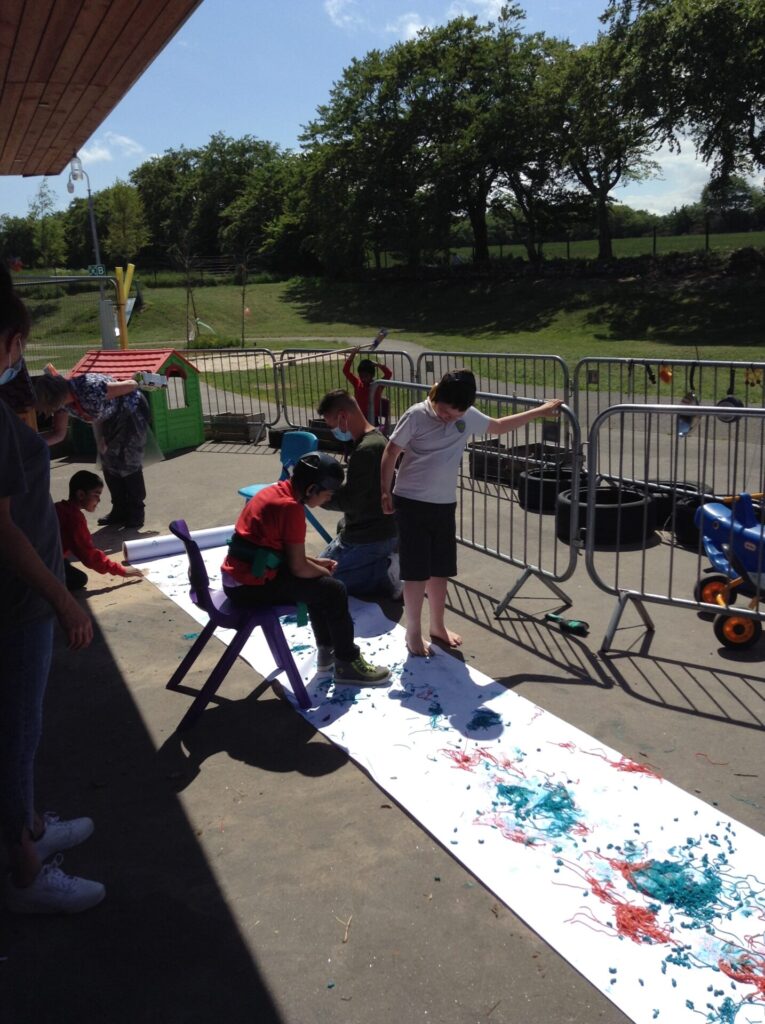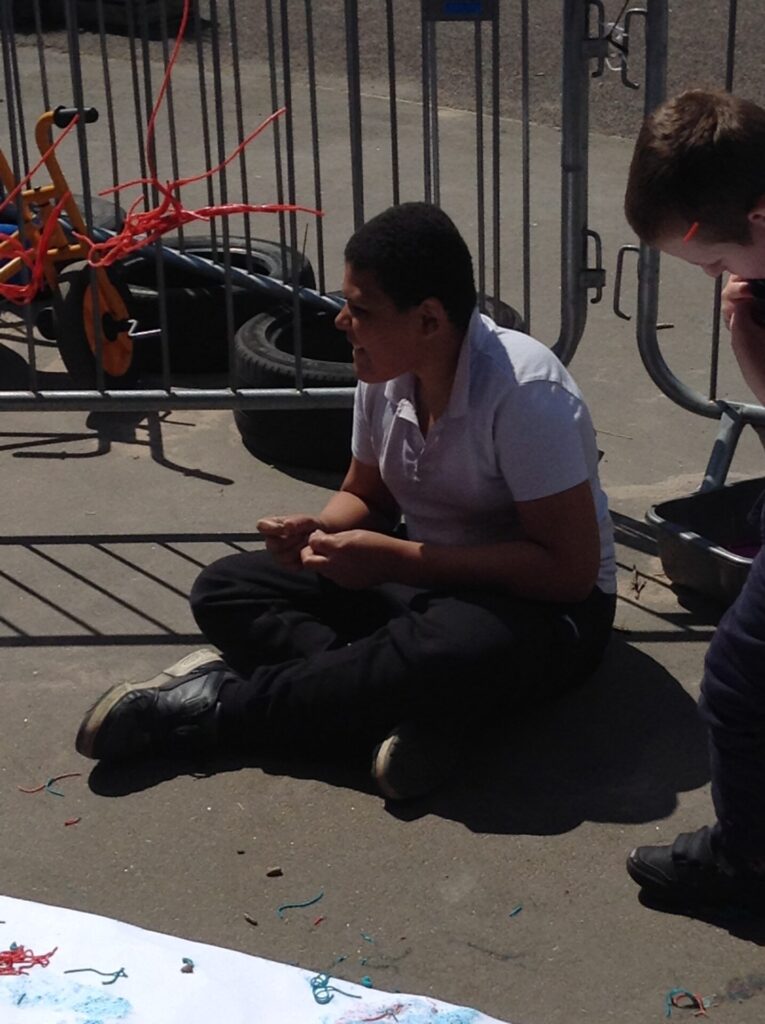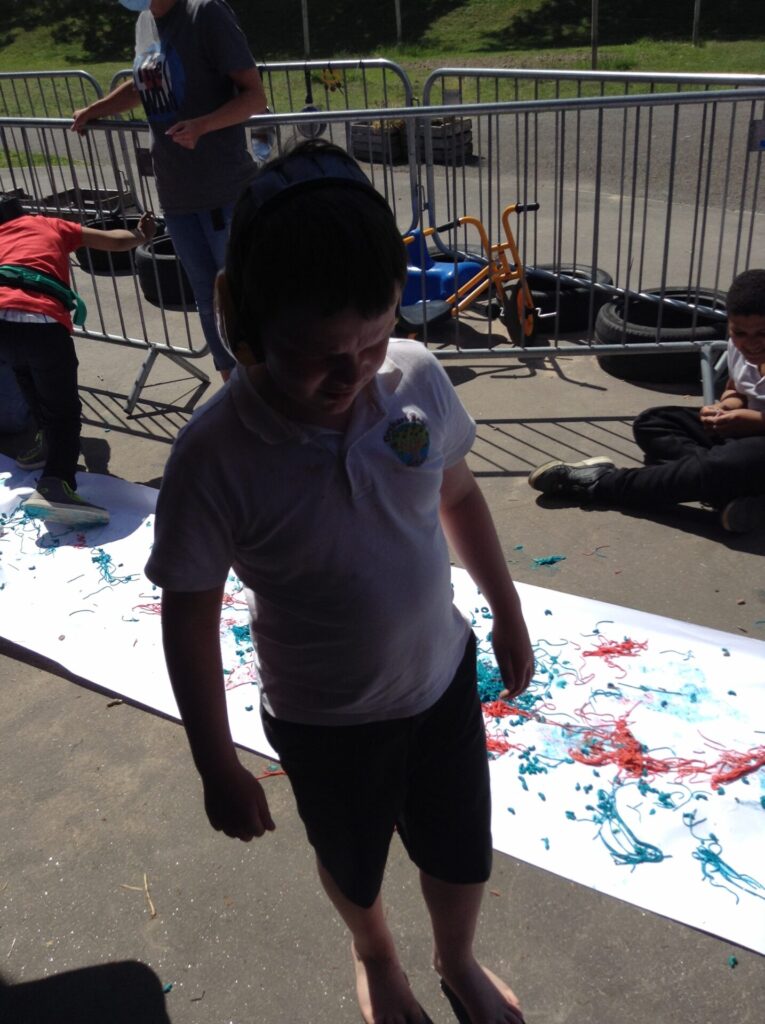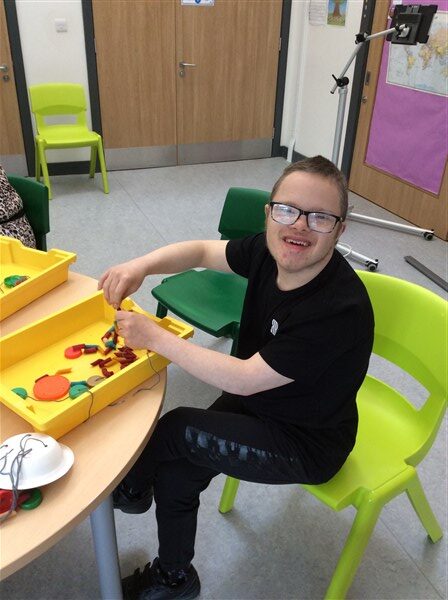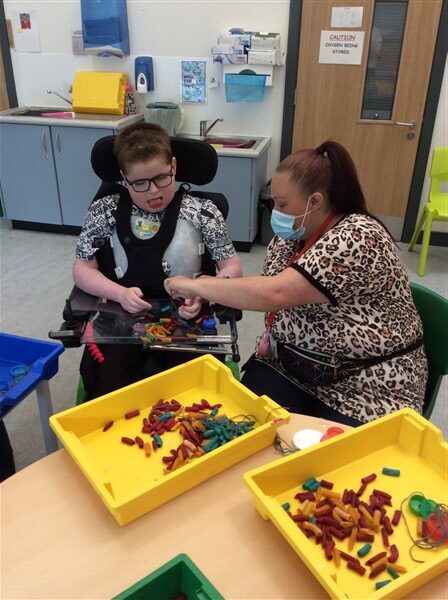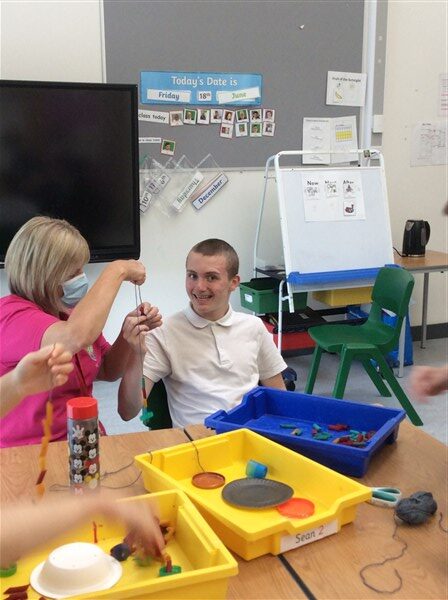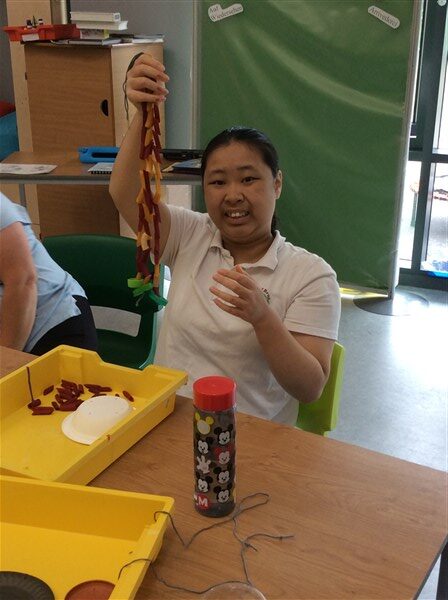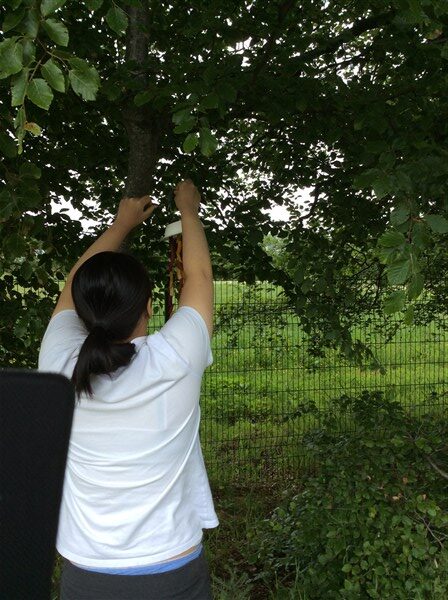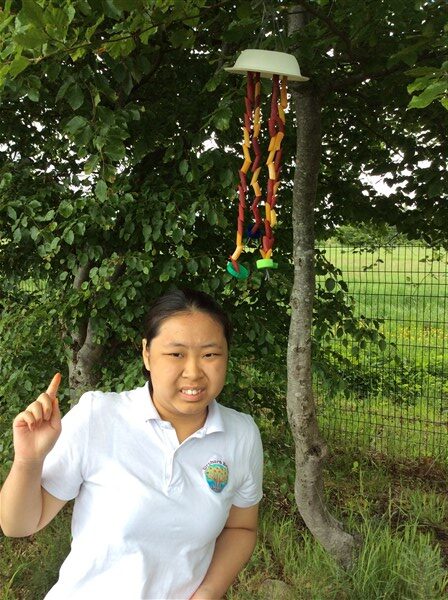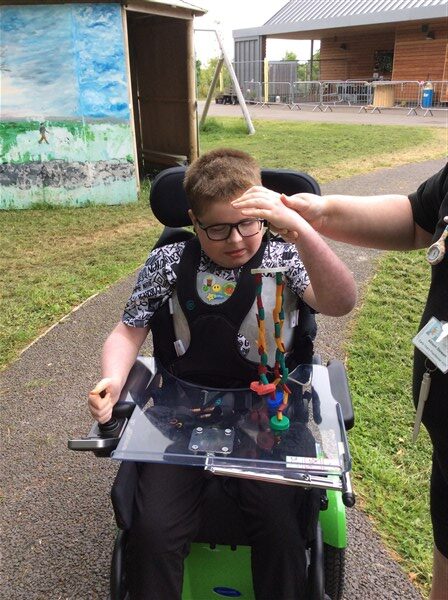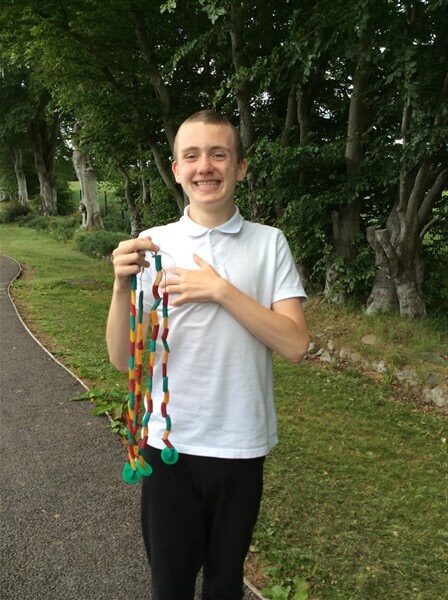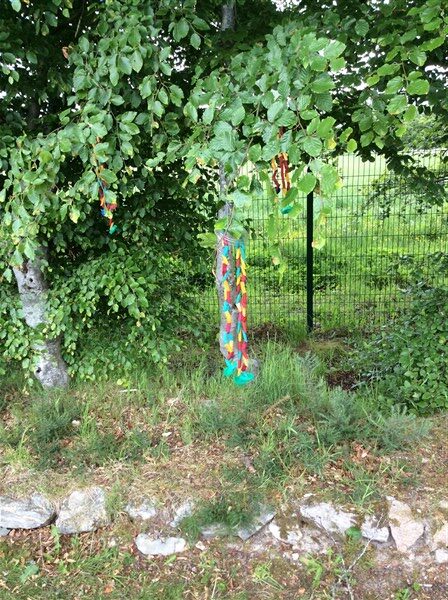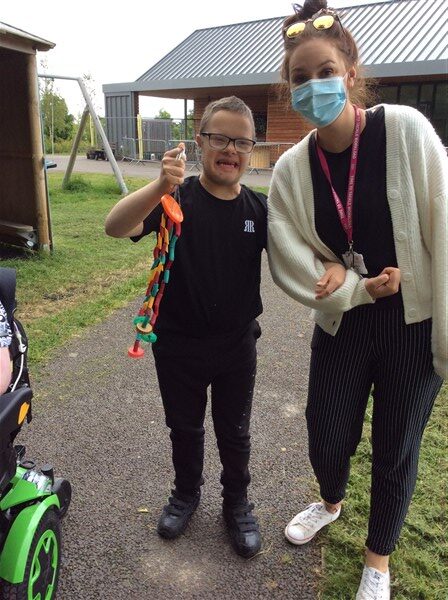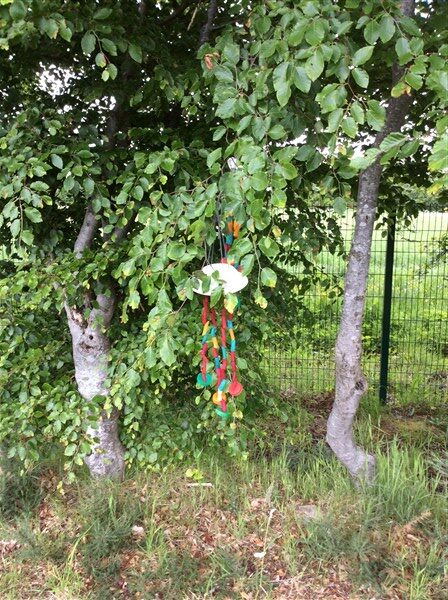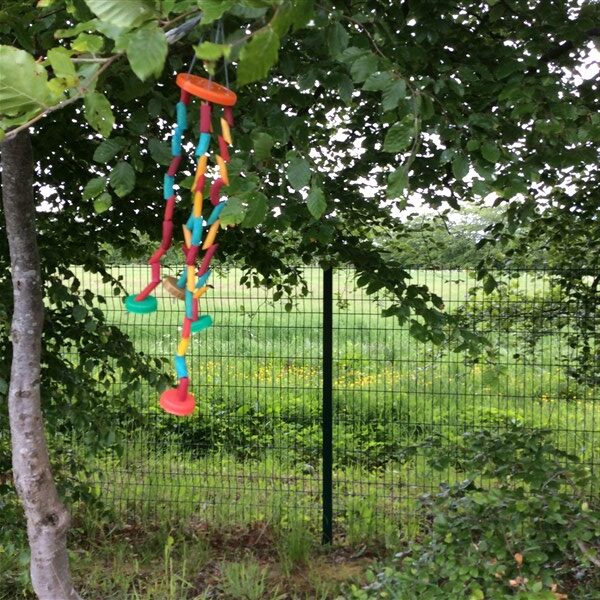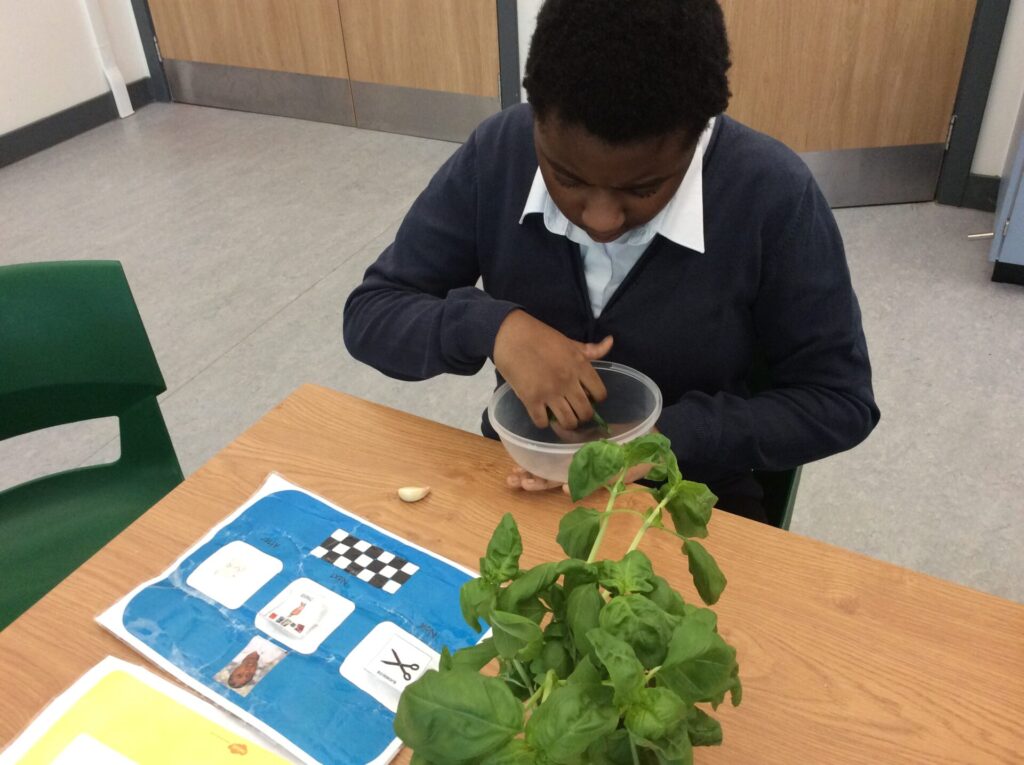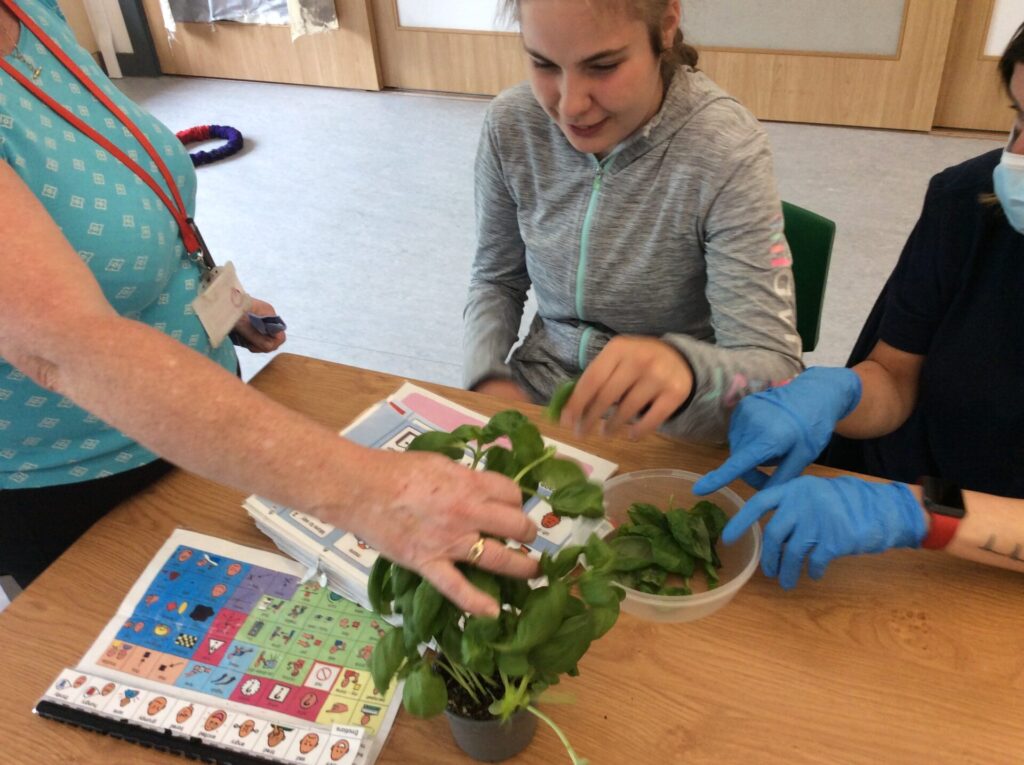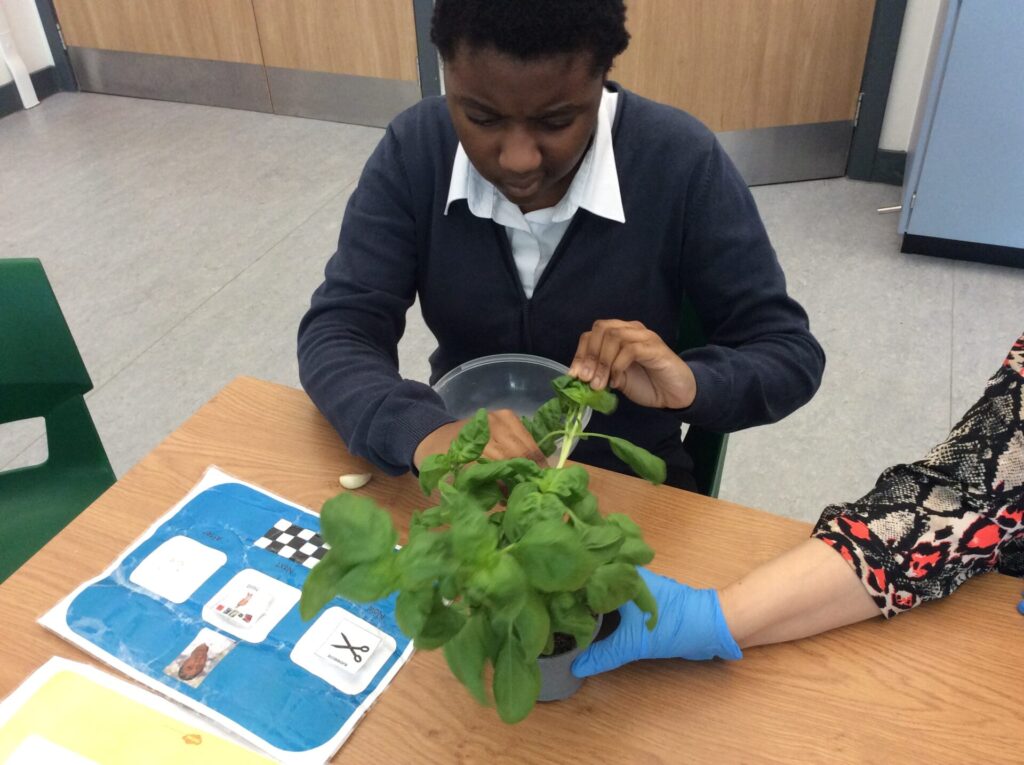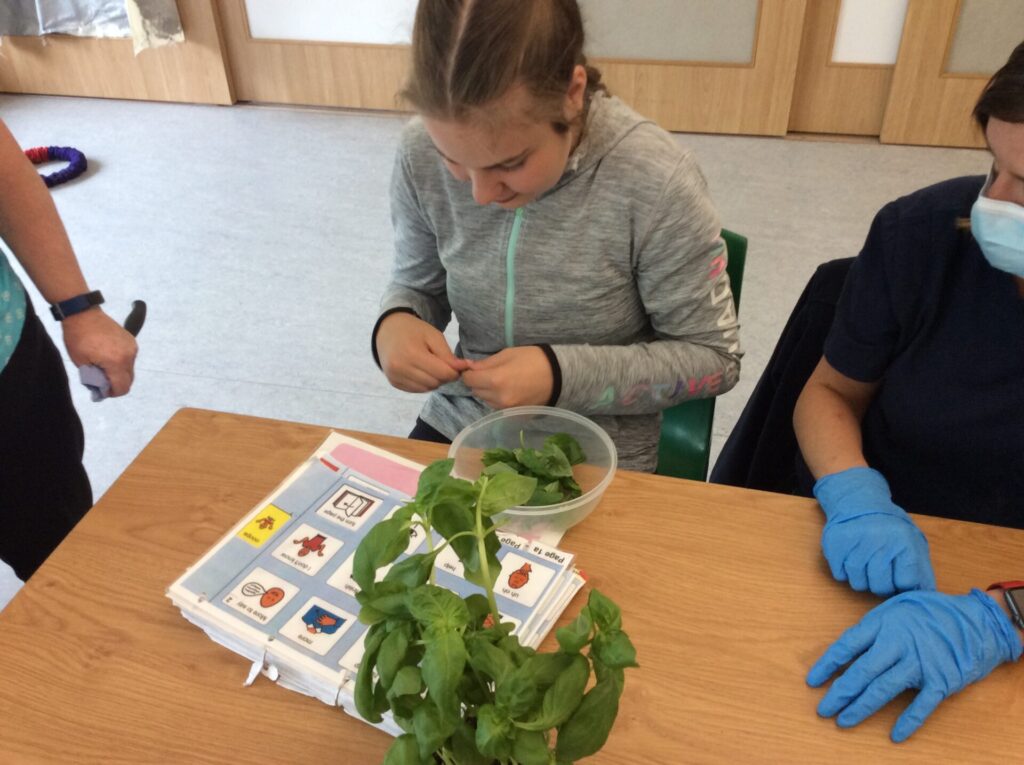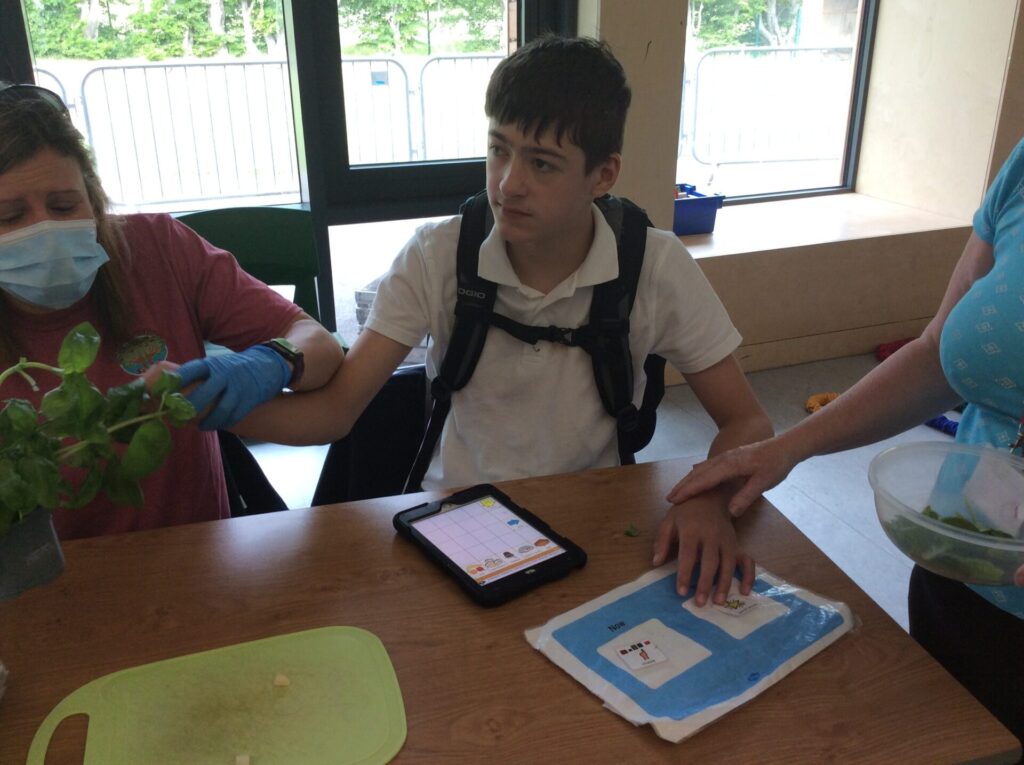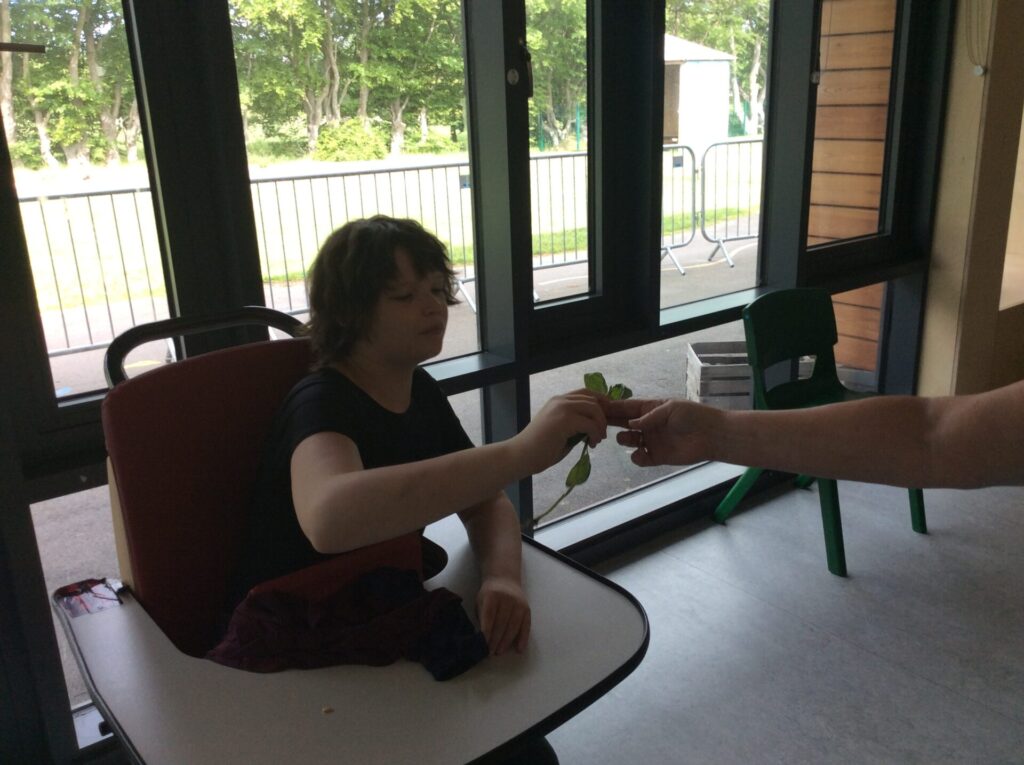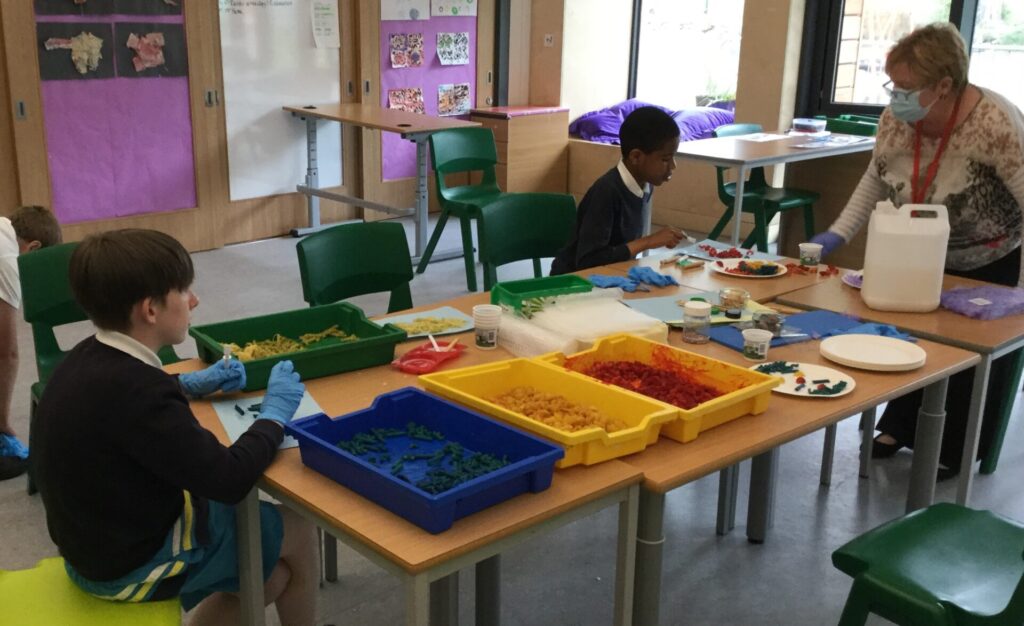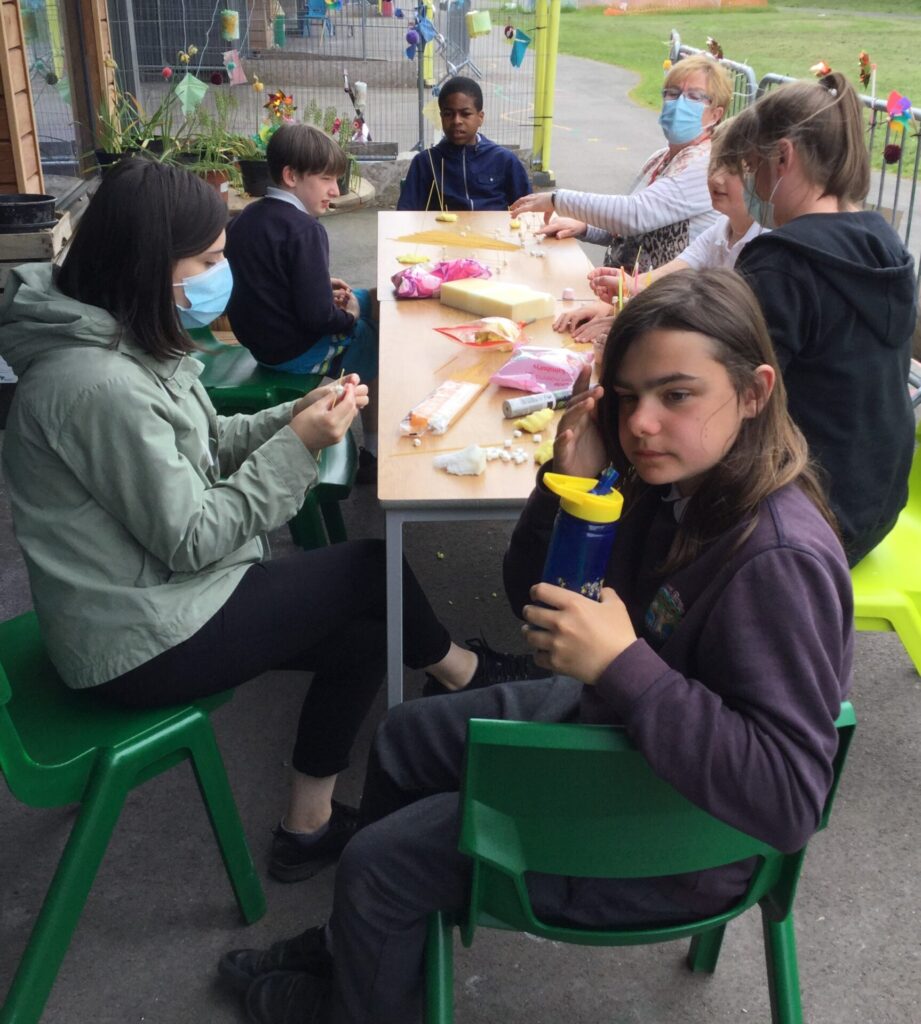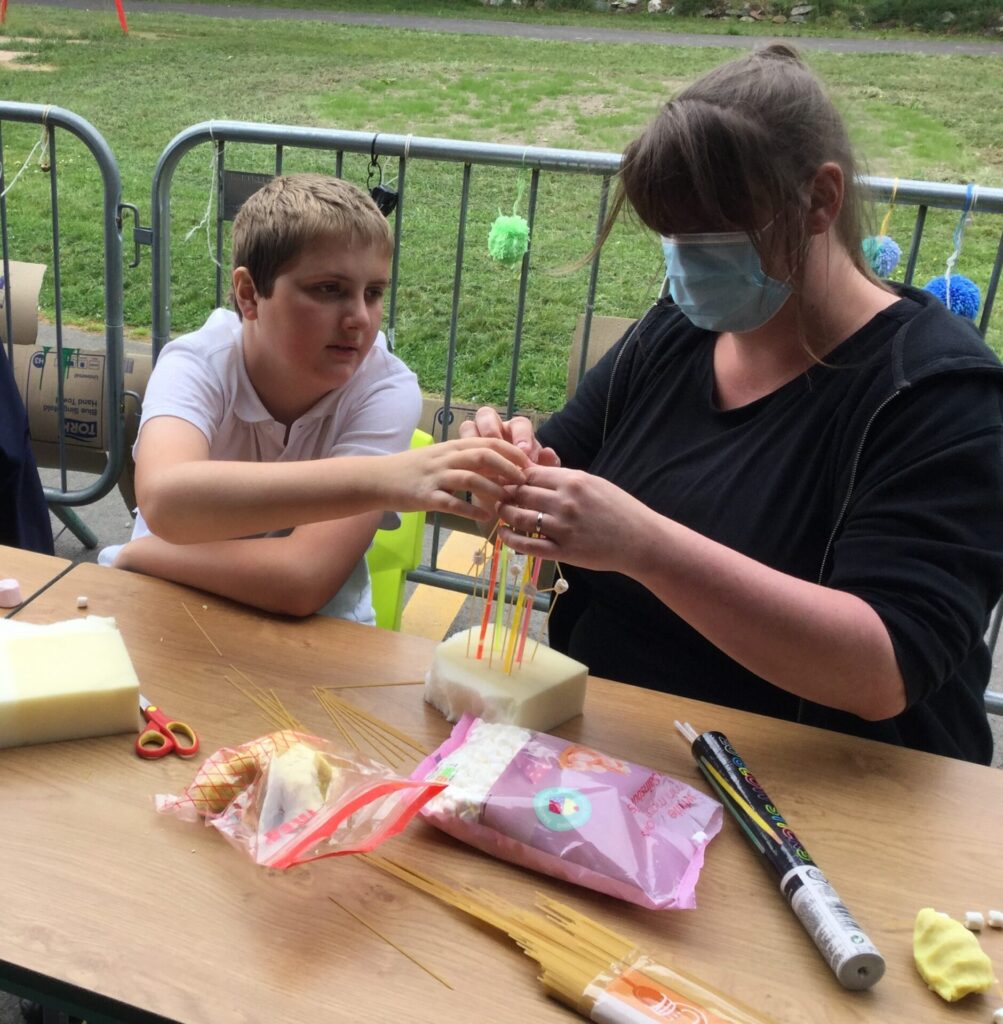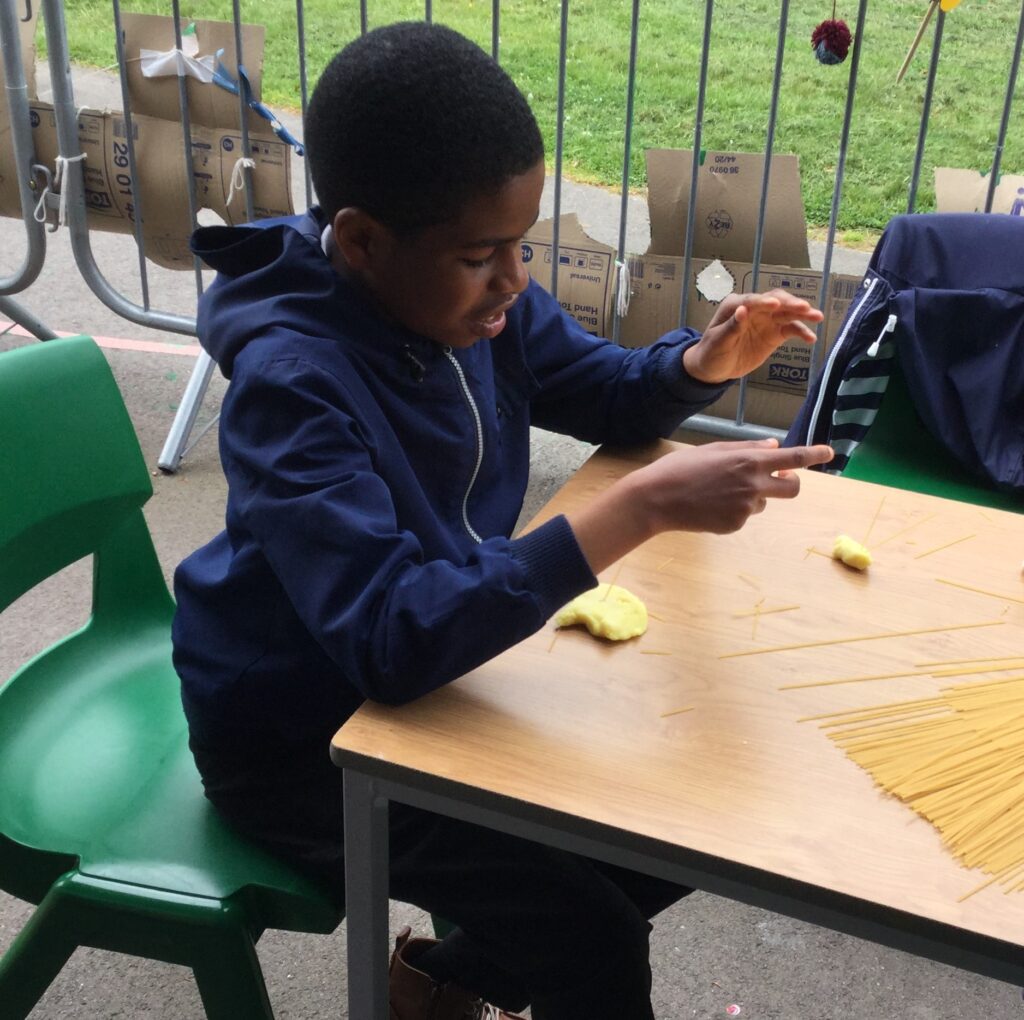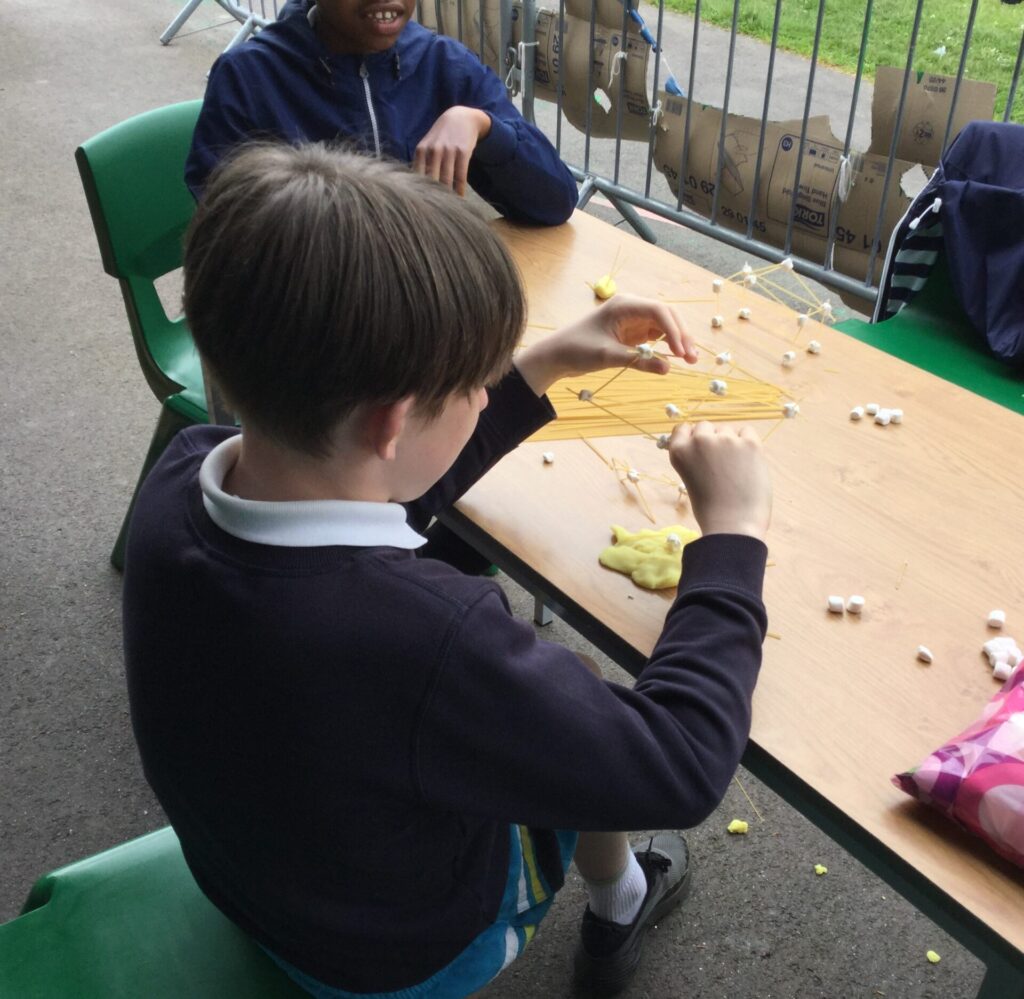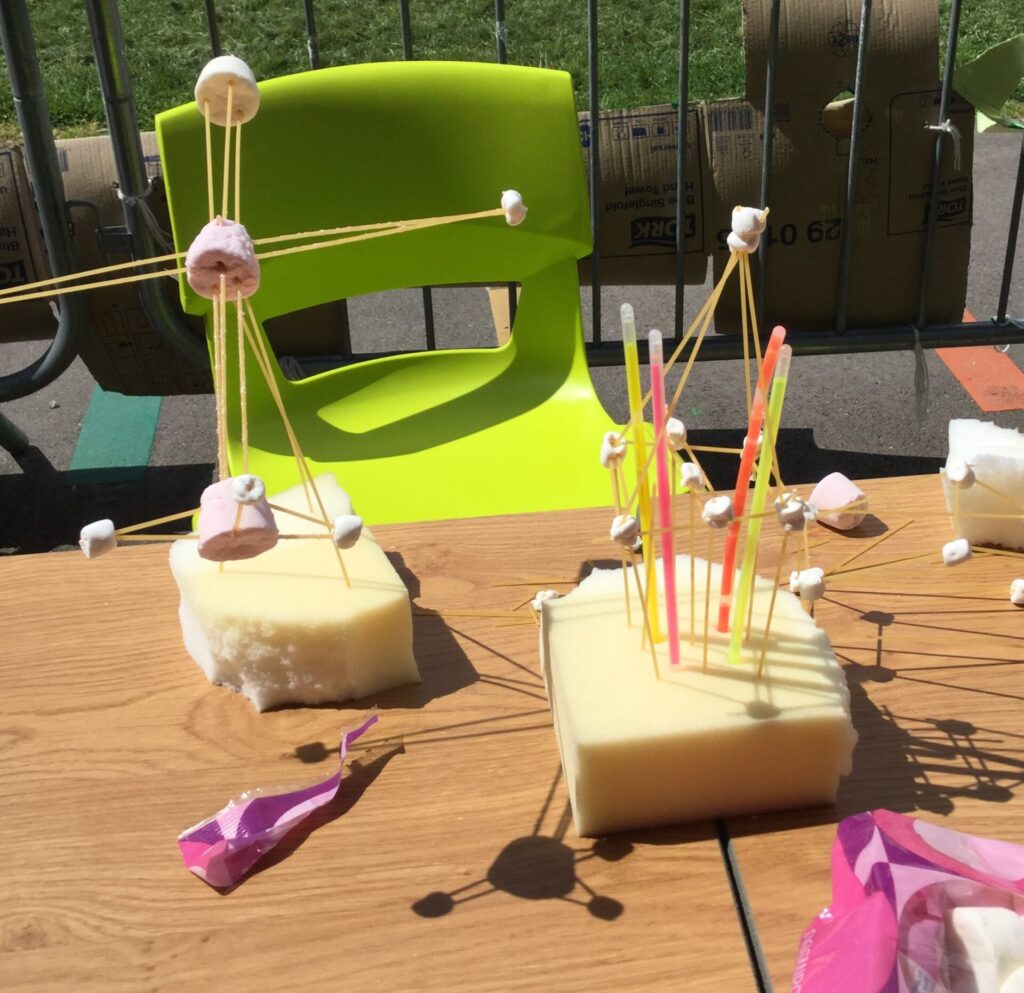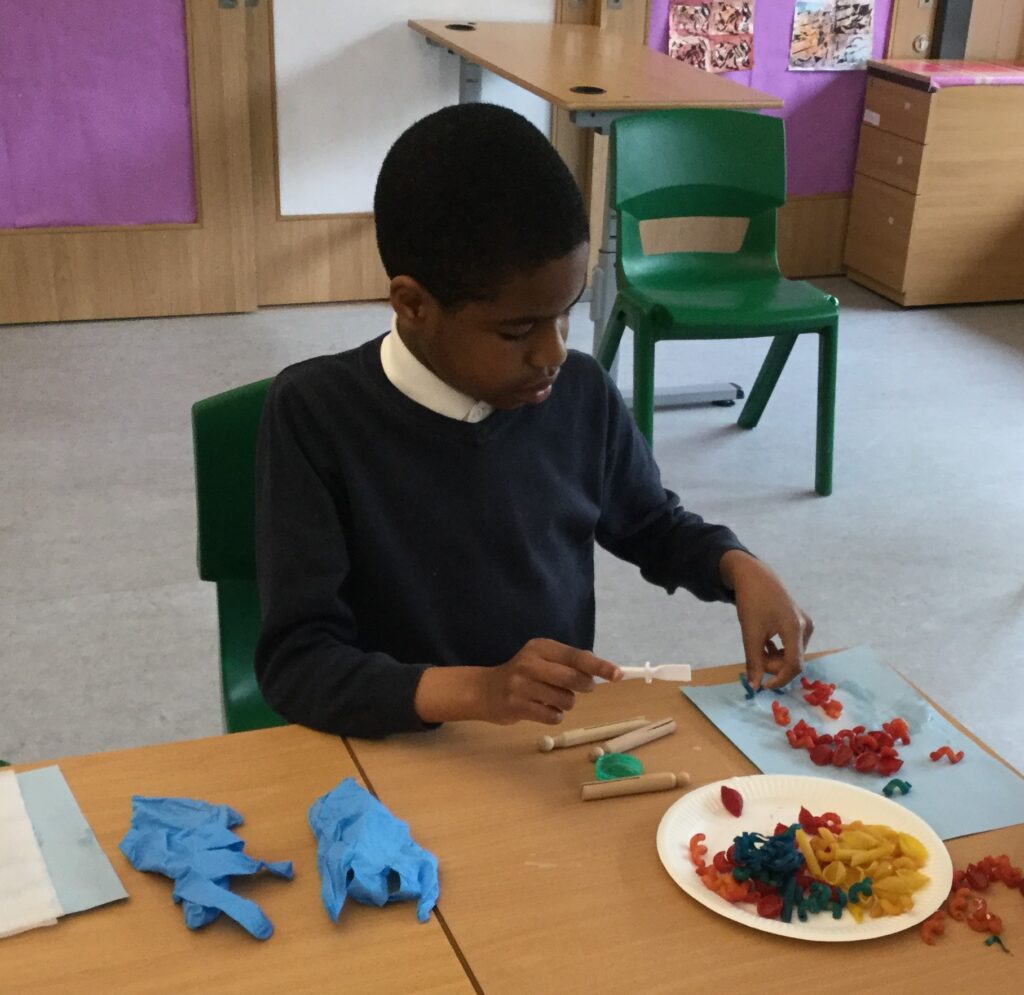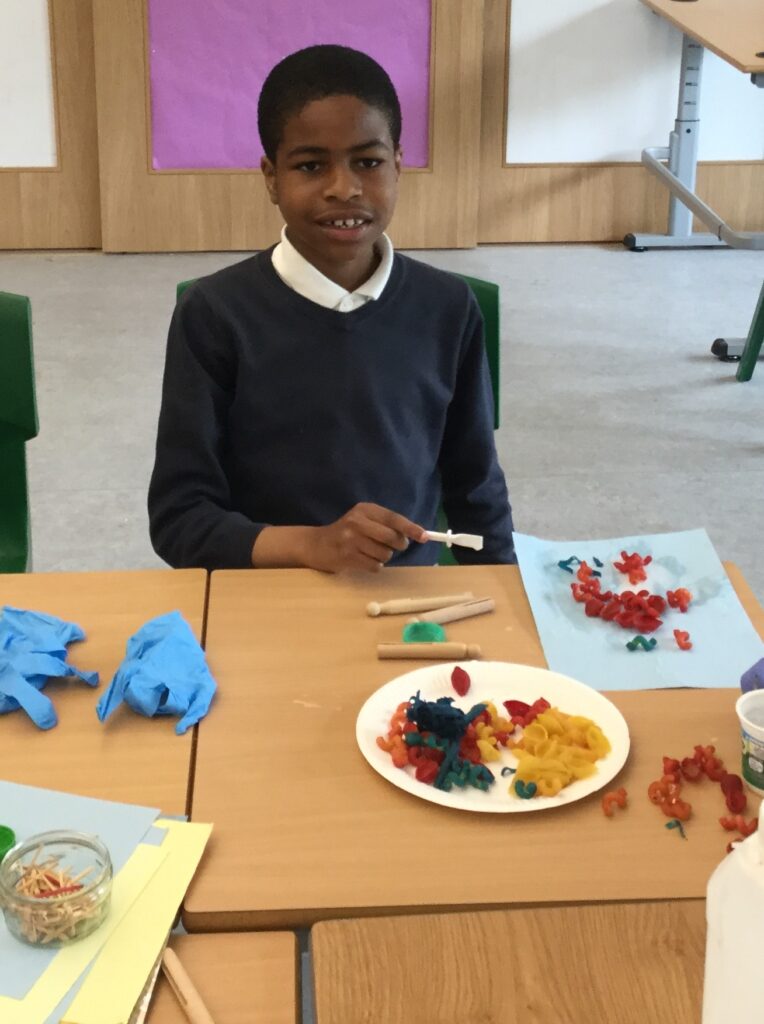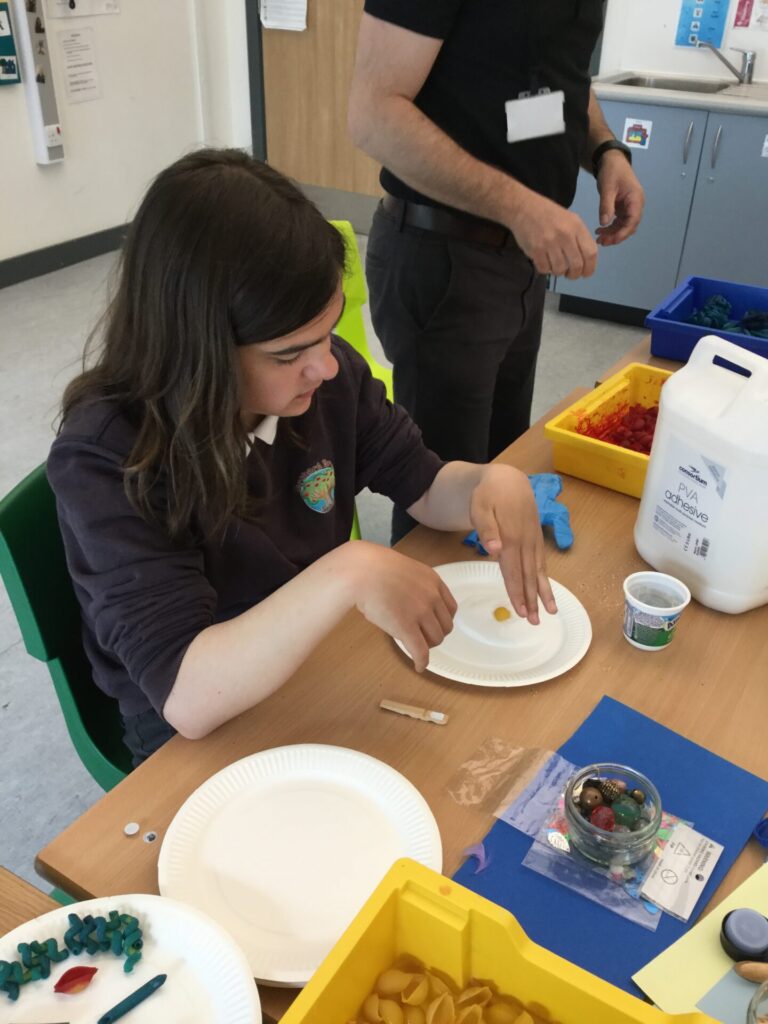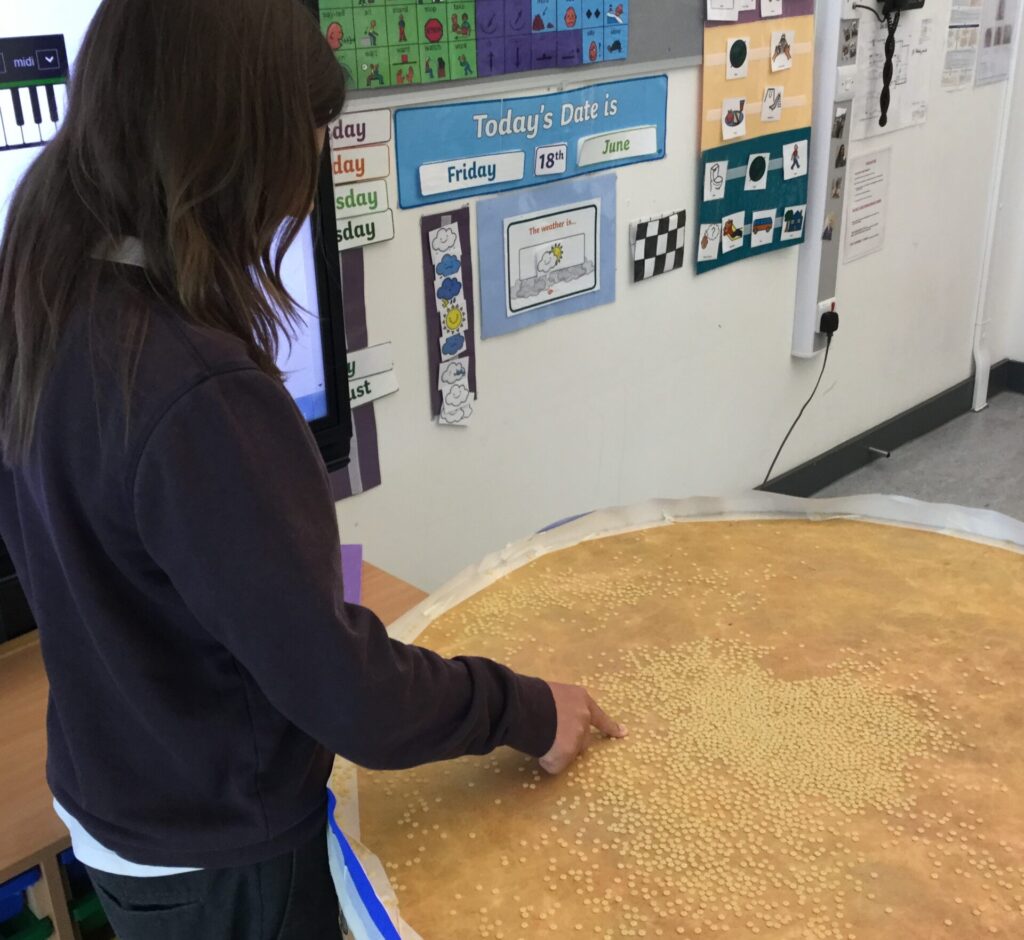Remember, remember, the fifth of November
Gunpowder treason and plot
We see no reason
Why Gunpowder treason
Should ever be forgot….
This week in school Room 5 have been learning about Guy Fawkes.
To mark this celebration we watched a short animated video about Guy Fawkes https://www.youtube.com/watch?v=qGJ5G4UNFJI
We also created our own firework pictures. We think our night sky guy Fawkes picture are really effective.
Why do we learn about Guy Fawkes and the Gunpowder Plot?
In England, in 1605 during the reign of James I, an act of treason was planned that could have changed the course of our history. At the last moment, the Gunpowder Plot was foiled, and now we commemorate the traitors – and in particular, the scapegoat Guy Fawkes – every year with Bonfire Night!
Who was Guy Fawkes?
Guy Fawkes (1570 to 1606), also known as Guido Fawkes, was one of a group of Catholic plotters who planned, but failed, to blow up Parliament – now known as the Gunpowder Plot of 1605.
What was the Gunpowder Plot?
At the time, King James I was on the throne. England had broken away from the Catholic faith and the Church of Rome in Henry VIII’s reign (by 1536), but there were still many Catholics in the country. Guy Fawkes joined up with a group of thirteen Catholic plotters, led by Robert Catesby, who planned to overthrow the King and put a Catholic monarch back on the throne.
The plotters rented space in the cellars of the House of Lords and filled it with gunpowder. Guy Fawkes was put in charge. They planned to set off the gunpowder during the opening of Parliament, on 5th November 1605. One or more of the plotters, however, were worried that some of their fellow Catholics and friends would be at the opening and get caught in the explosion, and wrote to warn them not to be there that day. We know that a certain Lord Monteagle received a letter warning him to go to the country because Paliament would “receive a terrible blow”. Lord Monteagle showed the letter to the King, and the cellars were thoroughly searched and Guy Fawkes caught.
After several days of horrible torture, Guy Fawkes gave up the names of his fellow plotters and eight of them went to trial in January 1606. All were found guilty and executed in the terrible fashion of the times.
On 5th November 1605 Londoners were encouraged to celebrate the King’s escape from assassination by lighting bonfires, provided that “this testemonye of joy be carefull done without any danger or disorder” – and indeed an Act of Parliament soon followed, declaring 5th November as a day of thanksgiving throughout the country for “the joyful day of deliverance“.
Modern Celebrations
When we celebrate Bonfire Night now, it seems very far removed from the events of four hundred years ago! For centuries since then, communities have come together to build a big bonfire and make an effigy – a model – of Guy Fawkes using old clothes stuffed with newspaper, to burn on the bonfire (see Penny for the Guy).
Fun fact: When you use the word “guy” in your sentences, have you thought where it comes from? The “guy” tradition of Bonfire Night gradually found it’s way into our language, and by the 19th century the word “guy” was used to refer to a strangely dressed man. From there it was adopted into American English to refer to any man, and is of course still commonly used today!
